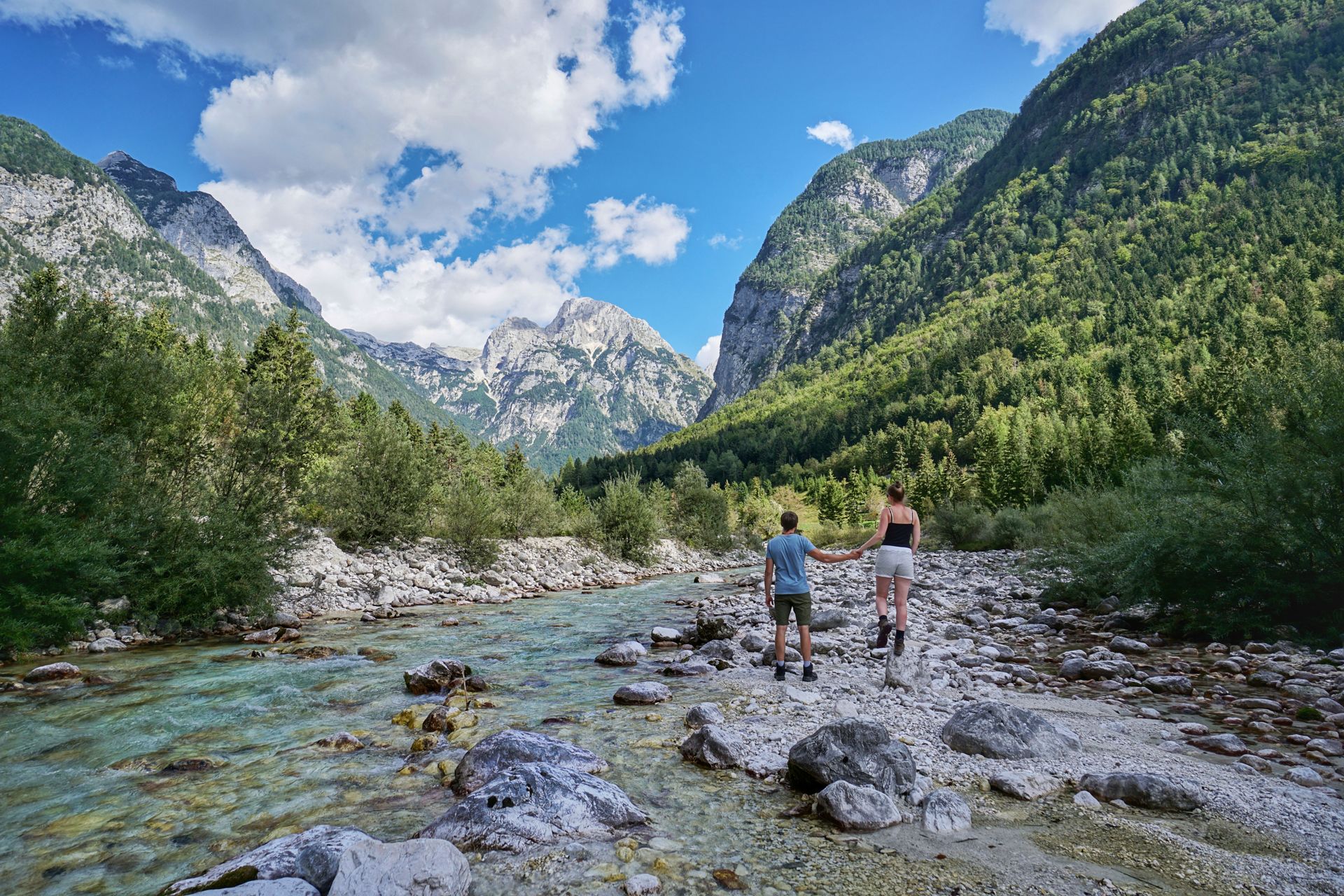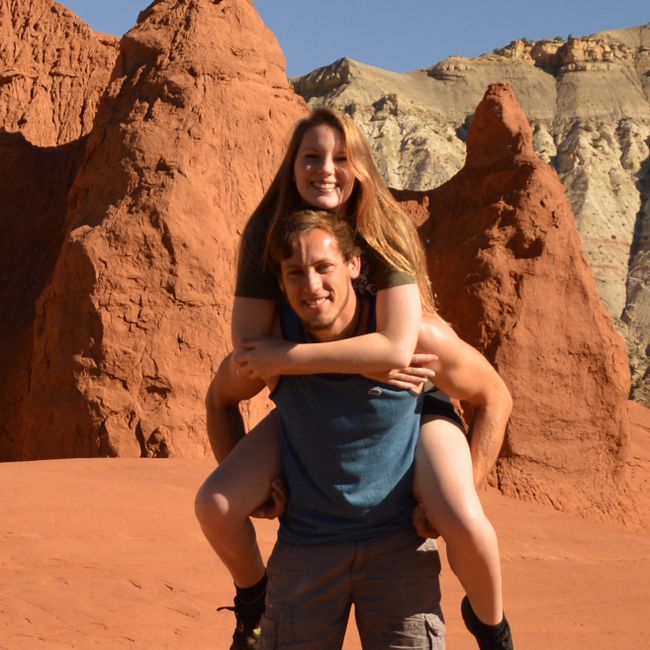5. Stop: New Zealand, Part 1: Where Oceans collide
Ipapashiwe: 05.03.2019
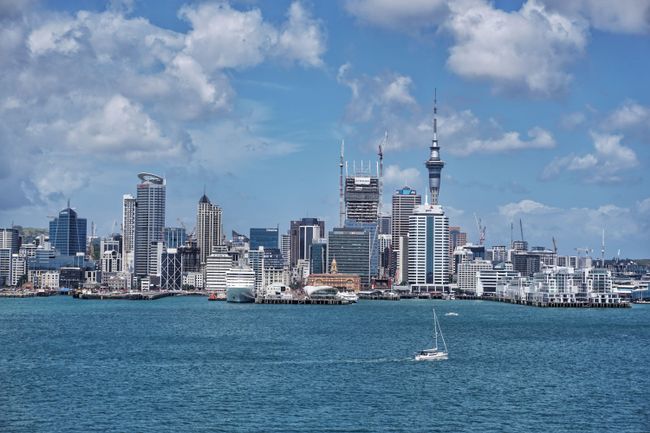
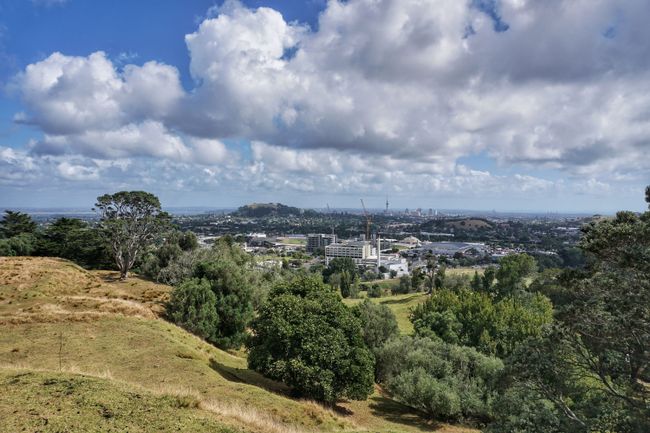
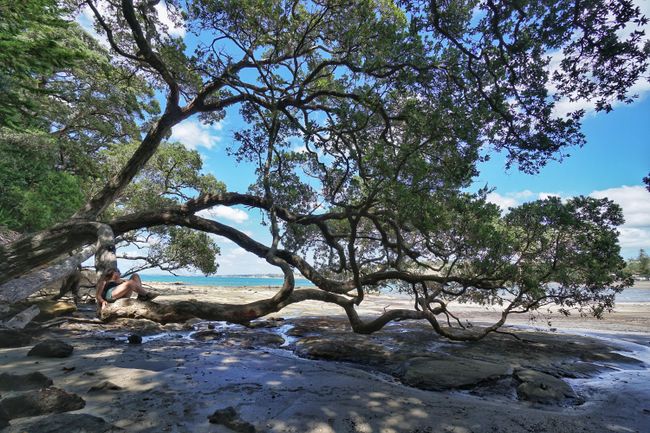
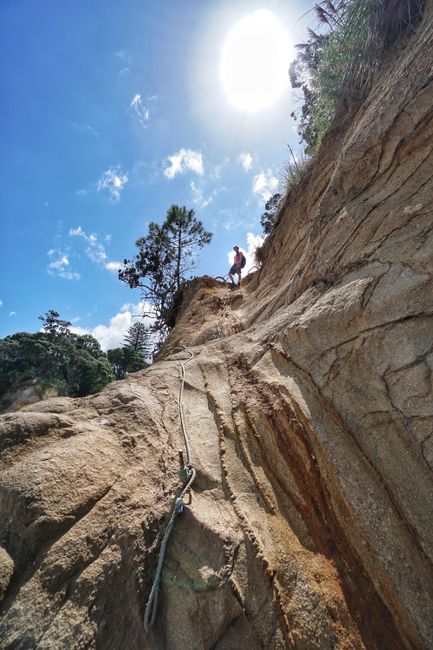
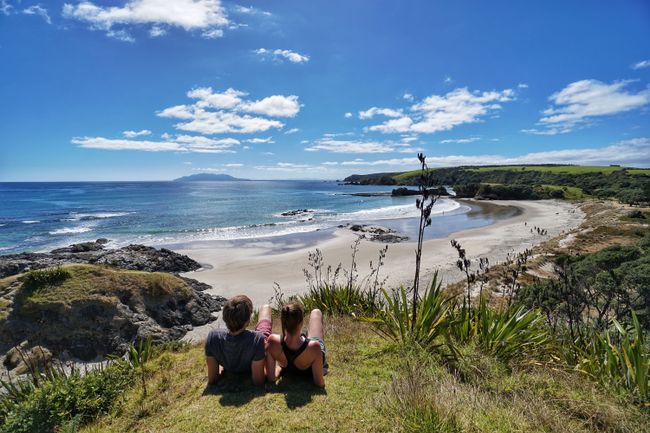
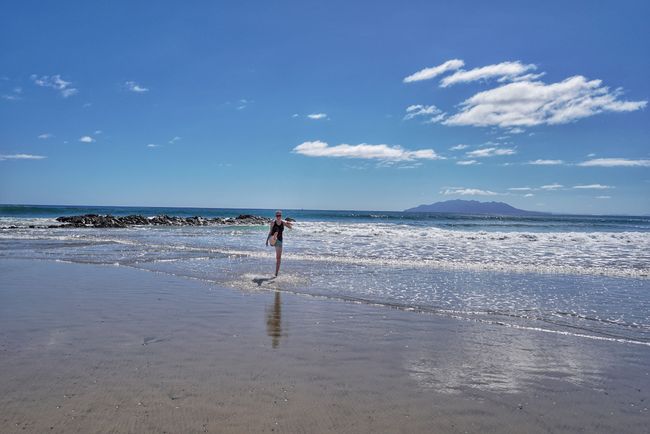
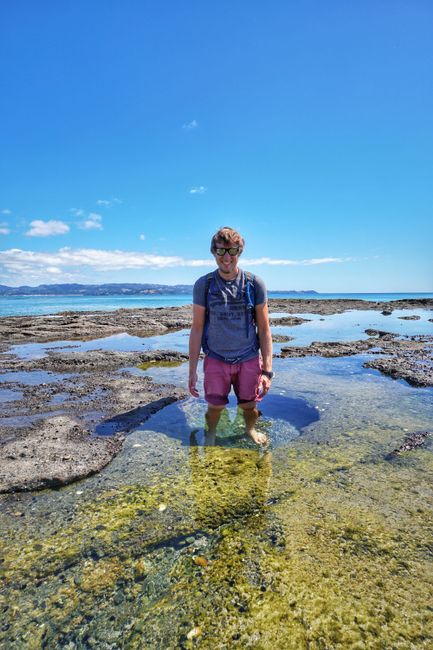
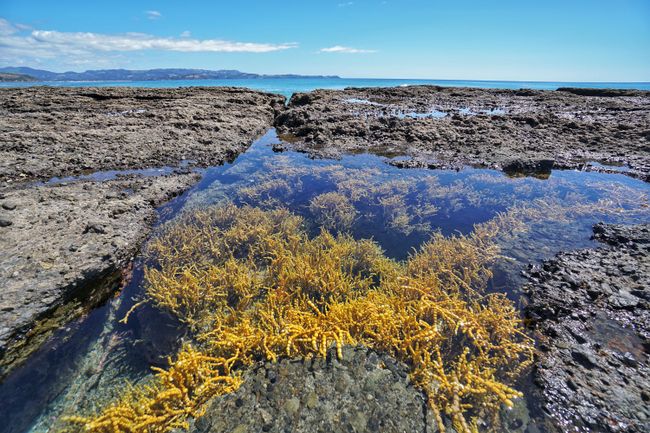
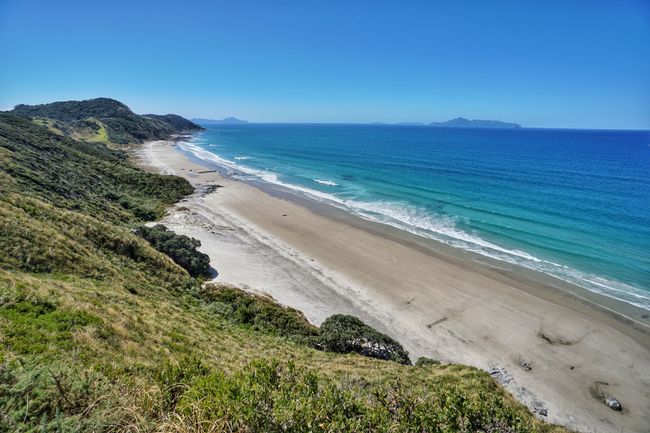
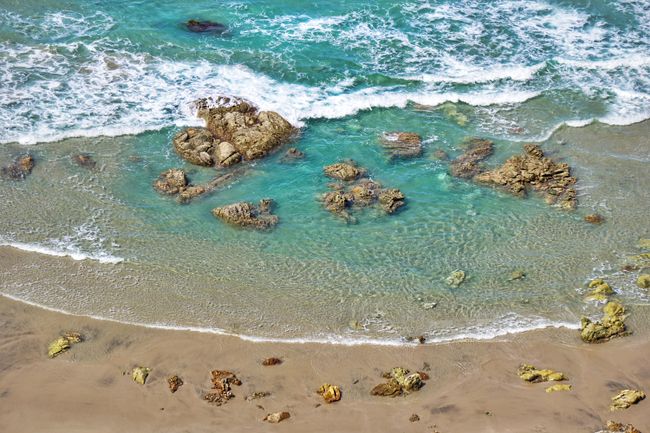
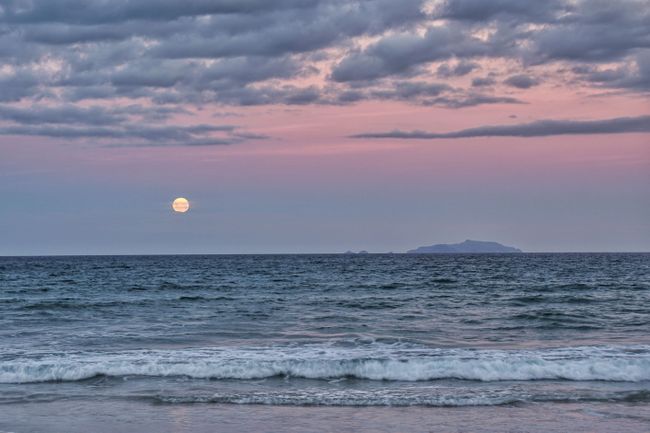
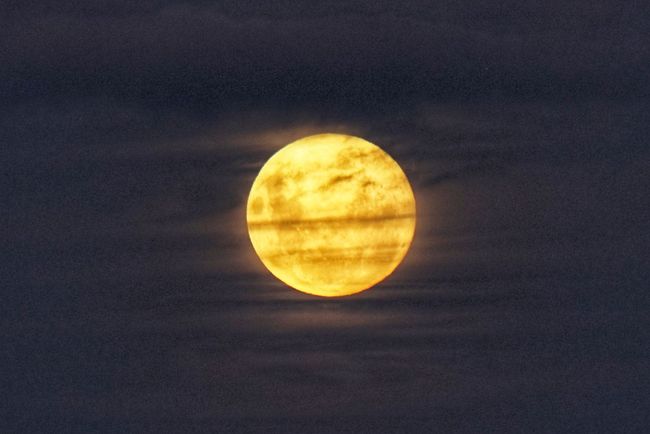
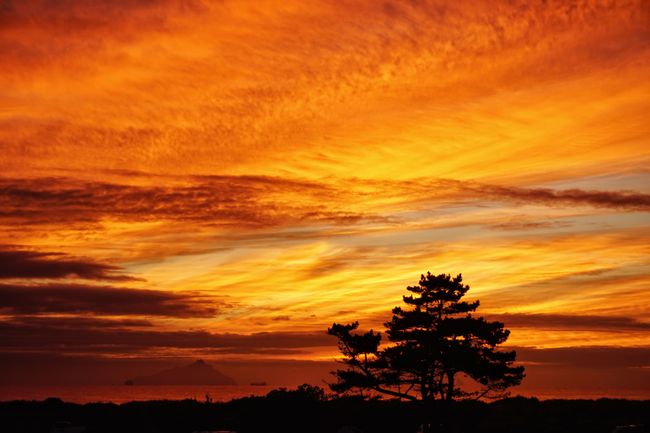
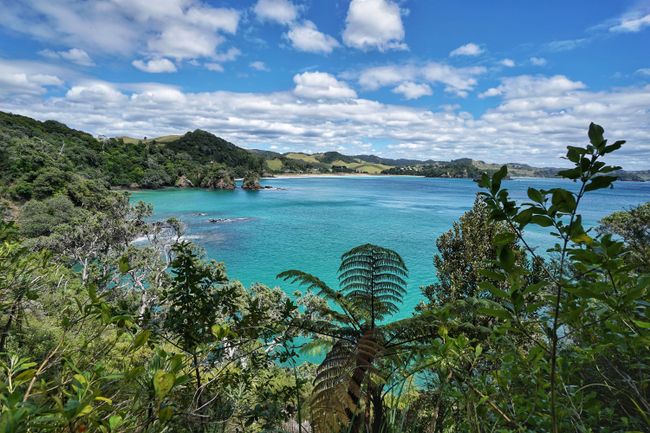
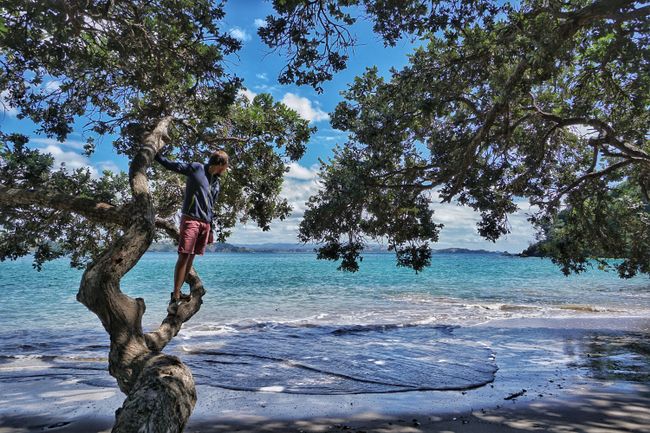
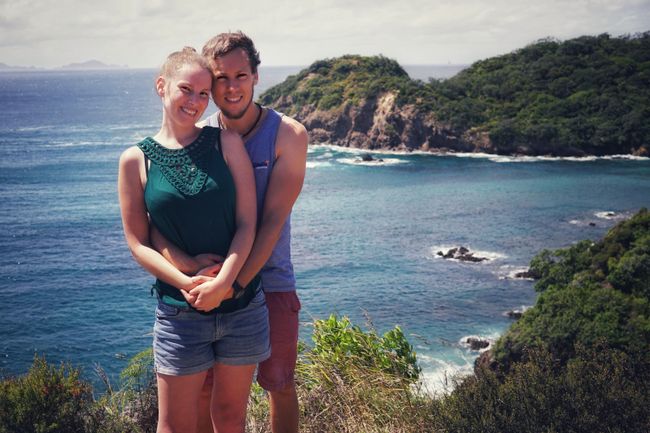
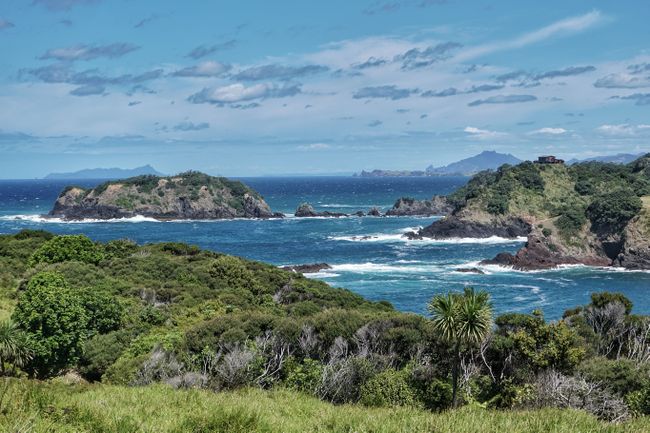
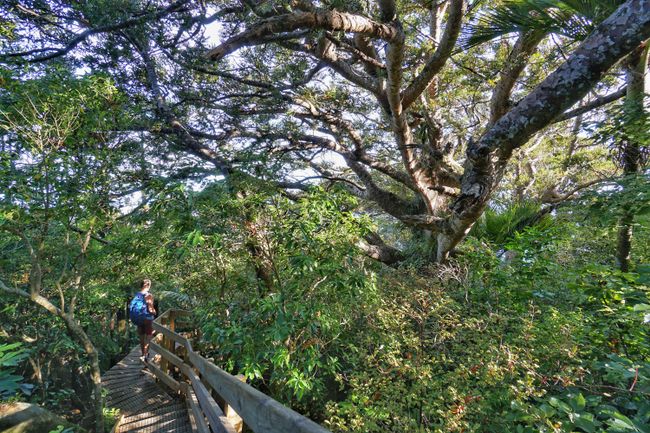
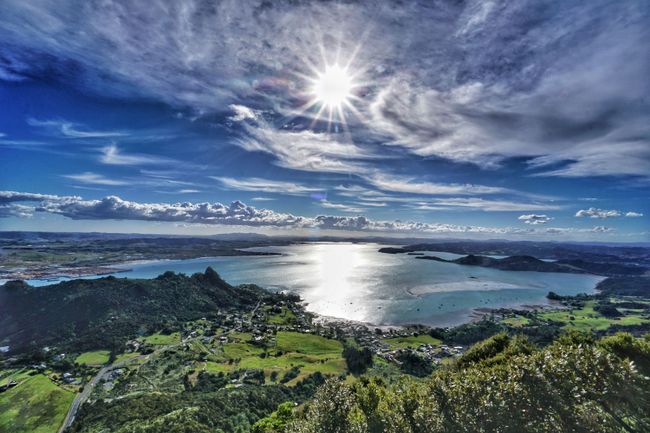
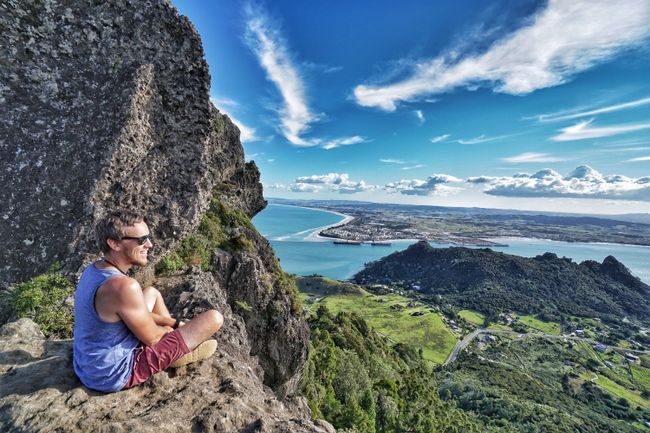
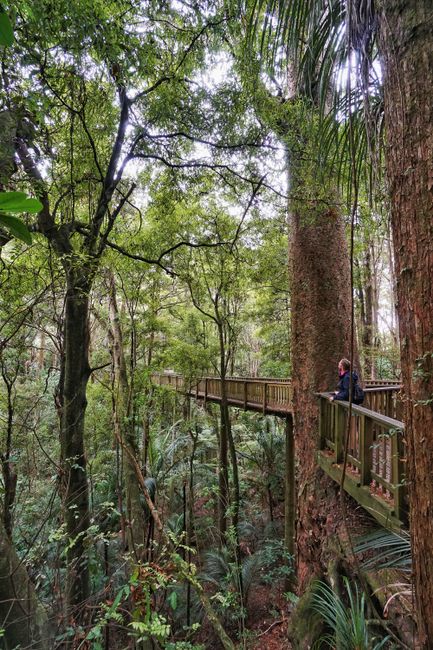
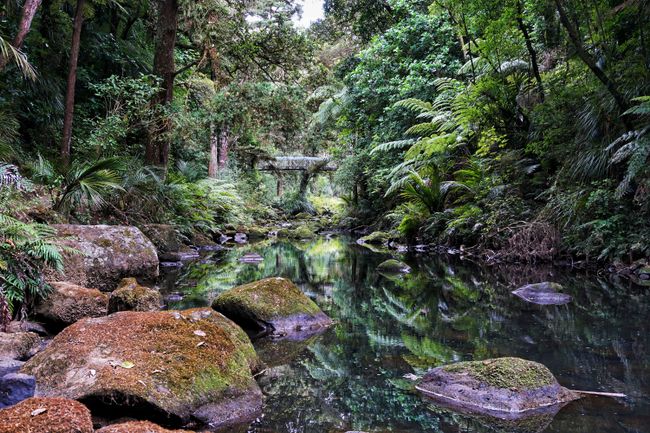
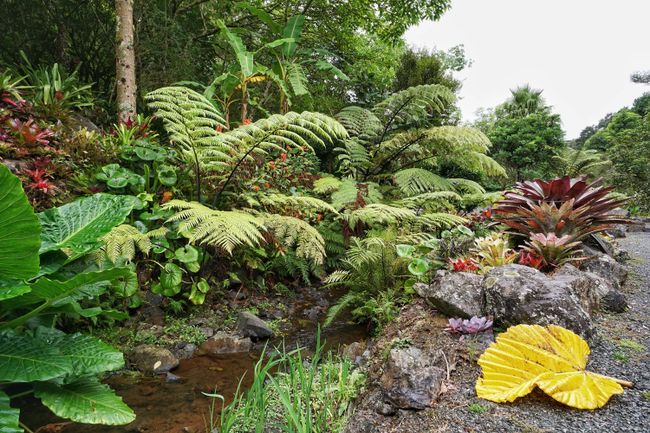
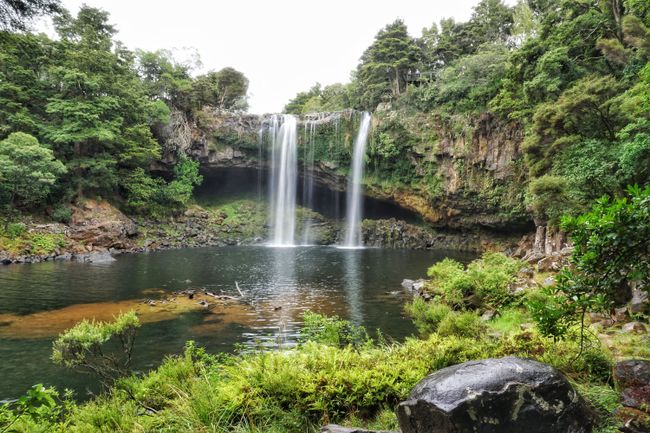
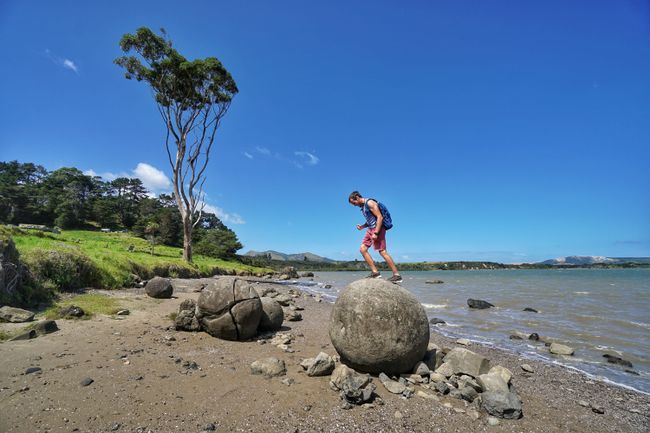
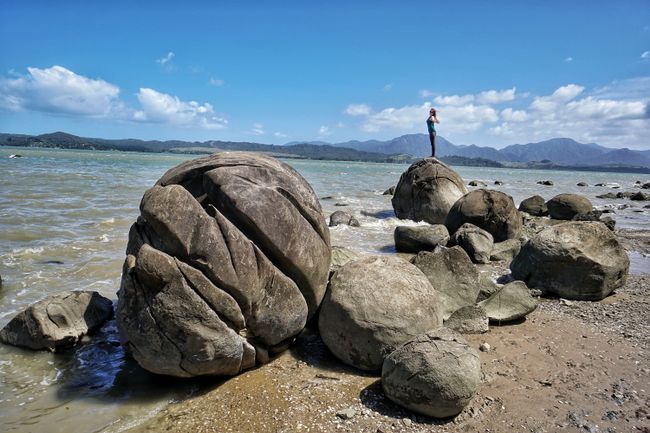
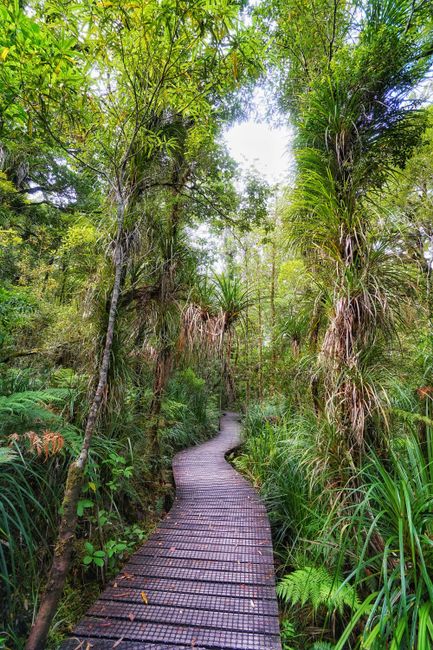
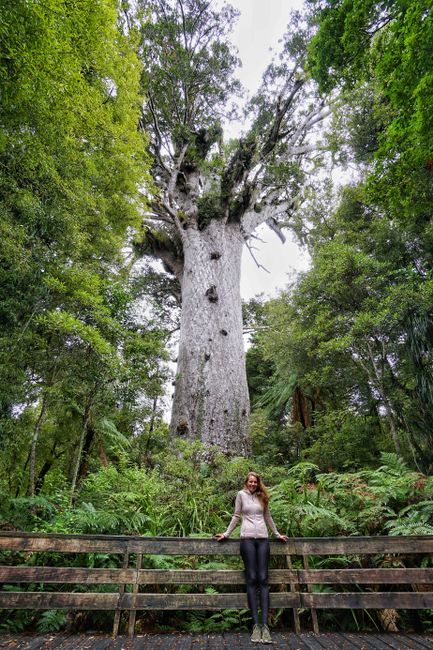
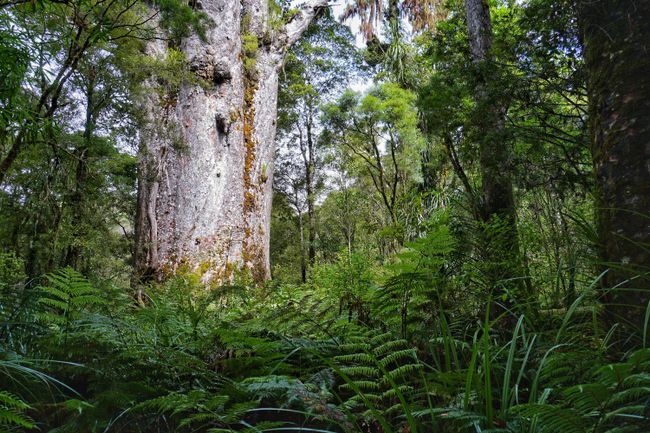
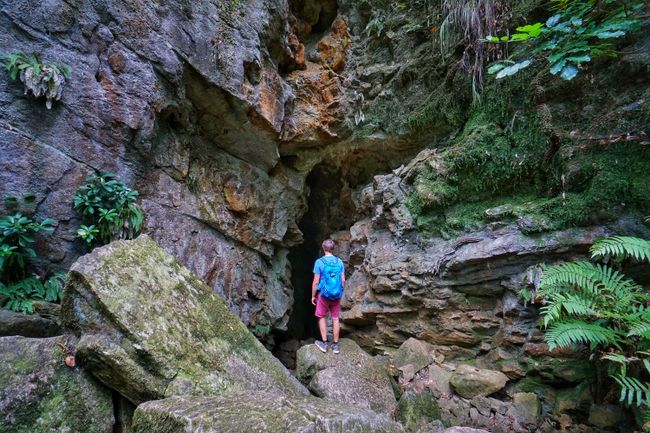
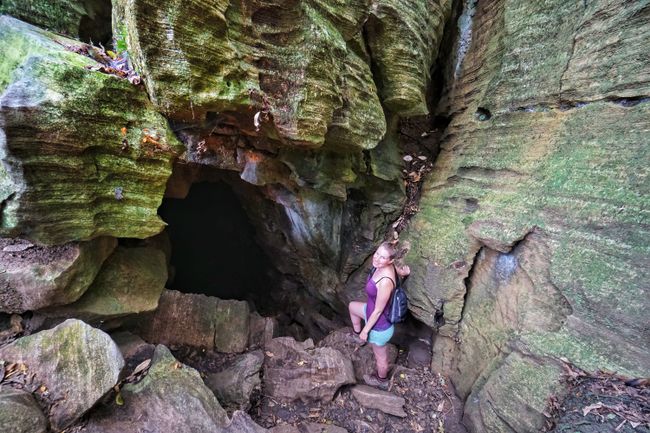
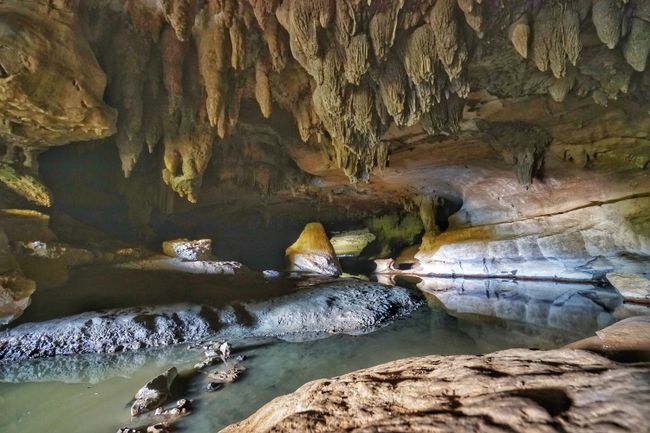
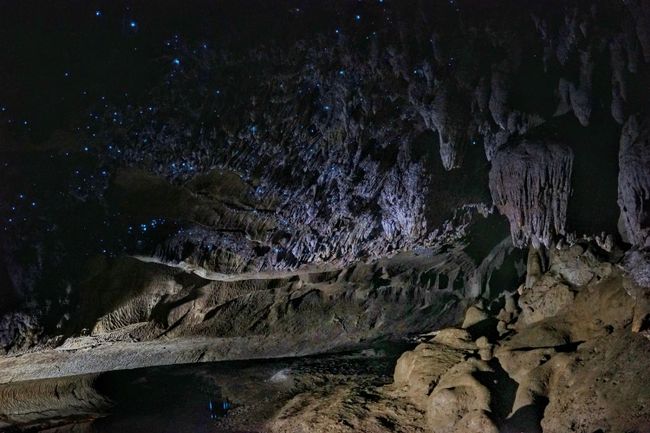
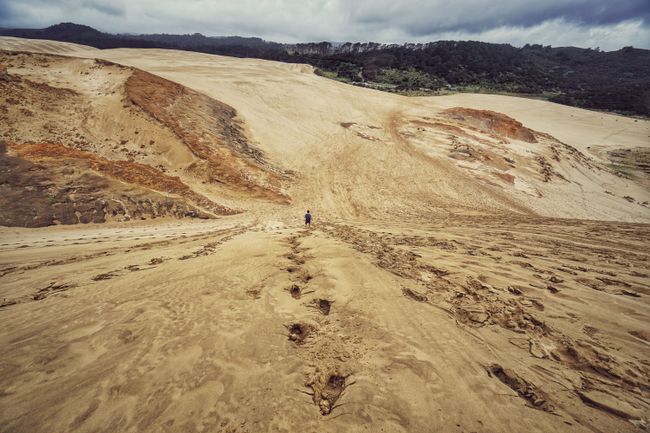
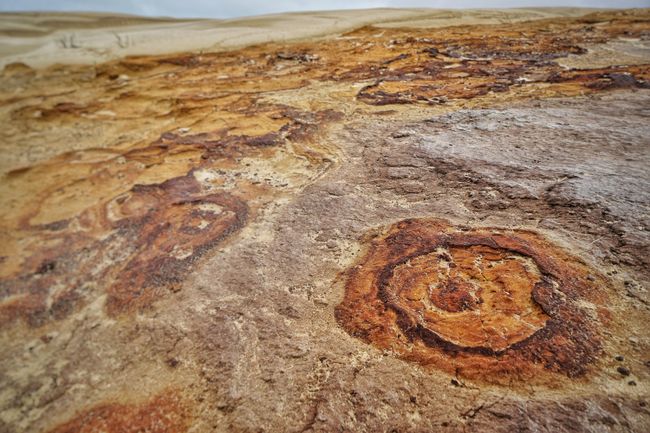
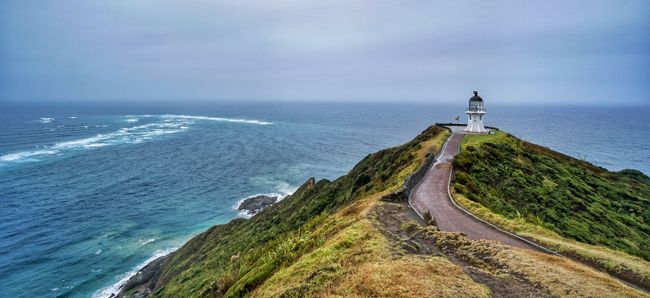
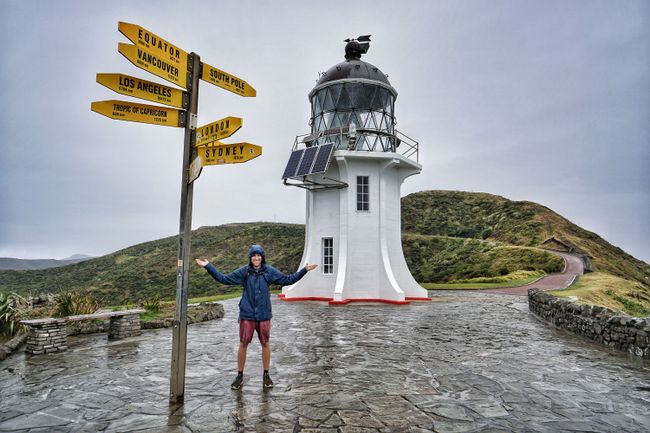
Bhalisela kwincwadana
Aotearoa - Translated, the Maori name for New Zealand means Land of the Long White Cloud. However, when we think of New Zealand, we think of so much more: It is the land of green hills, fern forests, kauri trees, volcanoes, caves, beaches, fjords, waterfalls, Maoris, sheep, and of course, kiwis (birds, people, and fruit). It is such a diverse country that we could certainly add many more points. This diversity also led us to return and enjoy the country again over the next 2 months.
"Kia Ora, connecting to New Zealand?" This is how a beaming, about 65-year-old steward welcomed us at Buenos Aires Airport after our flight from Santiago de Chile. A first good impression and absolutely typical of the great hospitality of New Zealand. He led us to the transfer area where we had to recheck our hand luggage and prove that we have an outgoing flight from New Zealand, as we are only allowed to enter if we have one. New Zealanders (also called "Kiwis") are very strict when it comes to their country and immigration because they are being overrun by tourists and many would like to stay. No wonder, because we feel the same way. Arriving on the Air New Zealand plane, we made ourselves comfortable for our 13-hour flight to Auckland and enjoyed the creative and funny safety video, the great onboard entertainment, and the personal service at the touch of a button. With little sleep and at 5 a.m. local time, we finally arrived in our beloved New Zealand and picked up our little Suzuki Swift from the car rental company "Jucy". Baptized with the name "JukeBox", it will be our new family member for the next 7 weeks. As it is about half the size of our last car and we also have to drive on the left side of the road, the first kilometers on New Zealand roads were unfamiliar, almost like being in a GoCart on the racetrack, but we quickly got used to it.
Armed with a Subway sandwich for breakfast and the world's best and cheap sushi from St. Pierre's (strange to order fast food at 9 a.m.), we set out to explore Auckland, the largest city in New Zealand. However, since we were not drawn to the city itself, we looked for beautiful viewpoints from which we could see Auckland from a distance. "One Tree Hill" is one of many old volcanic cones in Auckland and offers not only a spacious city park dotted with huge trees, but also one of the best 360° views of the city, the sea, and the offshore islands. With beautiful weather, bright sunshine, and 25°C, we finally enjoyed the New Zealand air again, listened to thousands of cicadas chirping, watched the sheep grazing, and looked down at the metropolis of Auckland and the sea.

From a completely different perspective at sea level, you can enjoy the city from Stanley Point, an upscale neighborhood of Auckland with a view of the skyline. From there, we could calmly watch the sailors and large tankers crisscrossing the bay and admire the skyscrapers and Auckland's famous Skytower.
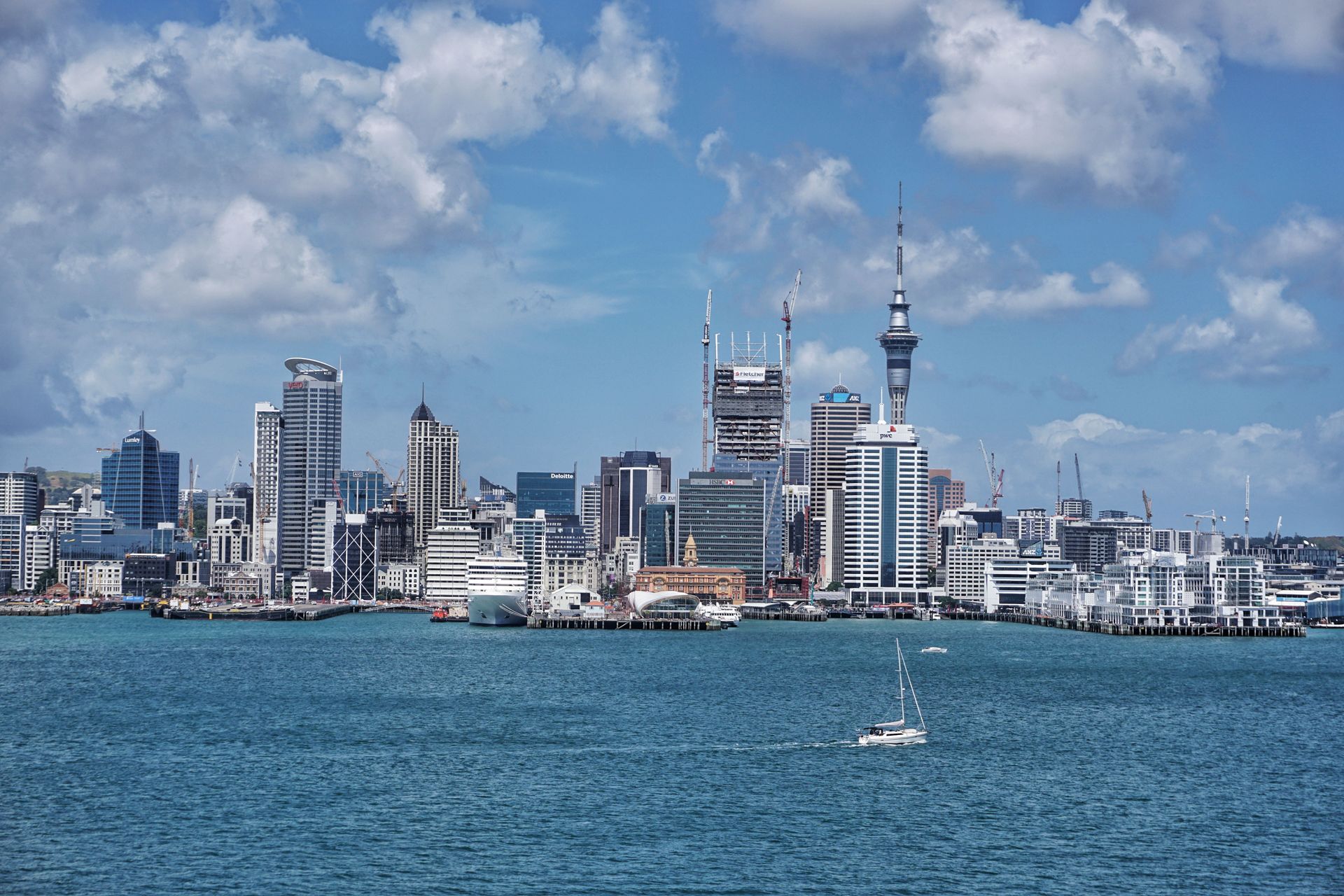
After arriving at our accommodation for the next 2 nights in Torbay, a suburb away from the hustle and bustle of the city with beautiful properties and access to beaches, we did what we love to do most when we arrive in a new country: grocery shopping. Since New Zealand is not a NEW land for us (attention pun!), we already have a few favorite foods that had to be bought. So, in addition to regular groceries, we stocked up on lots of cookies (TimTams), chocolate bars (Moro Gold), and lemonade (L&P). So, our first days in New Zealand we could spend indulging at the beach in Torbay and laughing a lot about the Chinese high-tech toilet (with light, seat heating, shower, and hairdryer) of our hosts.
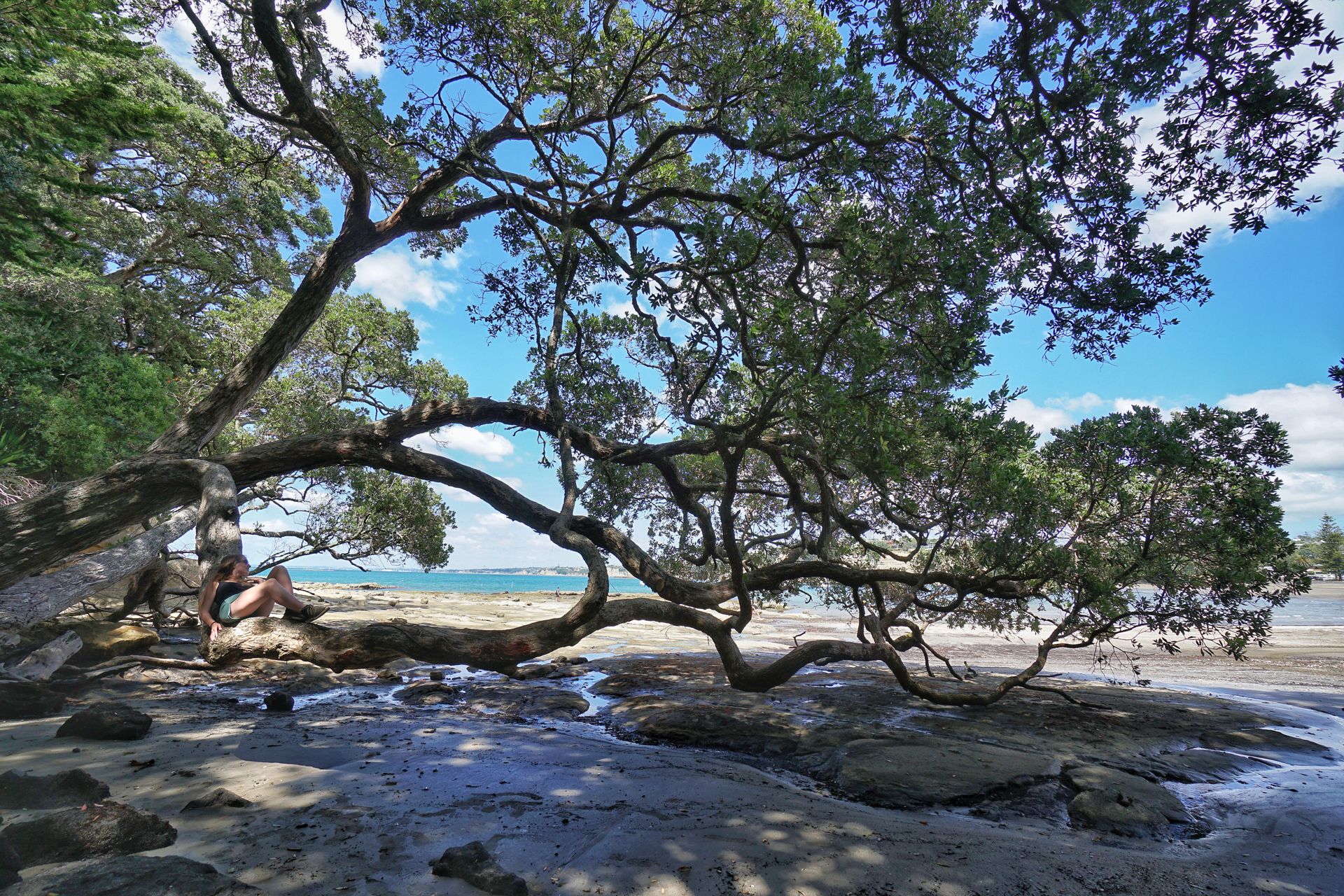

We then began our road trip through New Zealand where New Zealand as we know it today was born: in Northland. Because in the north of the North Island, above Auckland, the peace agreement between the Maori and European settlers was once signed, laying the foundation for the New Zealand that we love especially for its unification of two completely different cultures. Admittedly, back then this agreement was mainly in favor of the settlers and was not appreciated by the Maori, but in recent years New Zealand has fought a lot for the preservation and integration of Maori culture. In addition to this historically memorable event, this part of New Zealand also shines with its paradisiacal beaches and bays, its dense forests dotted with unique kauri trees, and Cape Reinga, the northernmost point of New Zealand, where the Pacific Ocean and the Tasman Sea meet.
Since the weather spoiled us with lots of sunshine and warm temperatures, we decided to enjoy the beaches and bays of the east coast of Northland. The Tawharanui Regional Park offered us a perfect start with Anchor Bay, a bay like out of a picture book with a white sandy beach surrounded by green hills. Since it was low tide, we were able to climb on the flat rock, a large, flat outcrop of rock, and explore its turquoise pools filled with seawater, each of which houses its own little ecosystem. But you have to be careful with the waves, otherwise you might get washed away while posing in a bikini for a great Instagram picture (as happened to two girls near us).
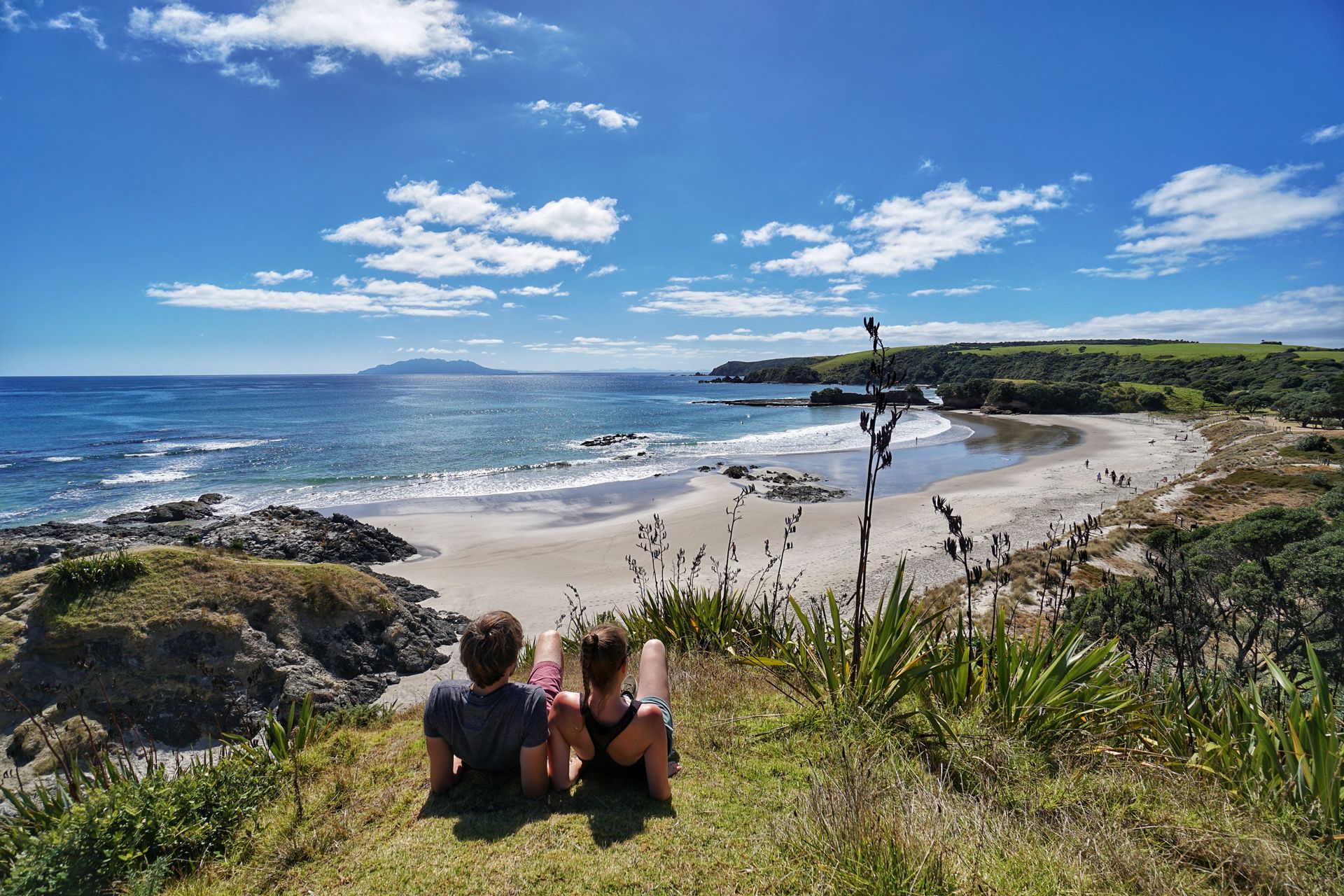

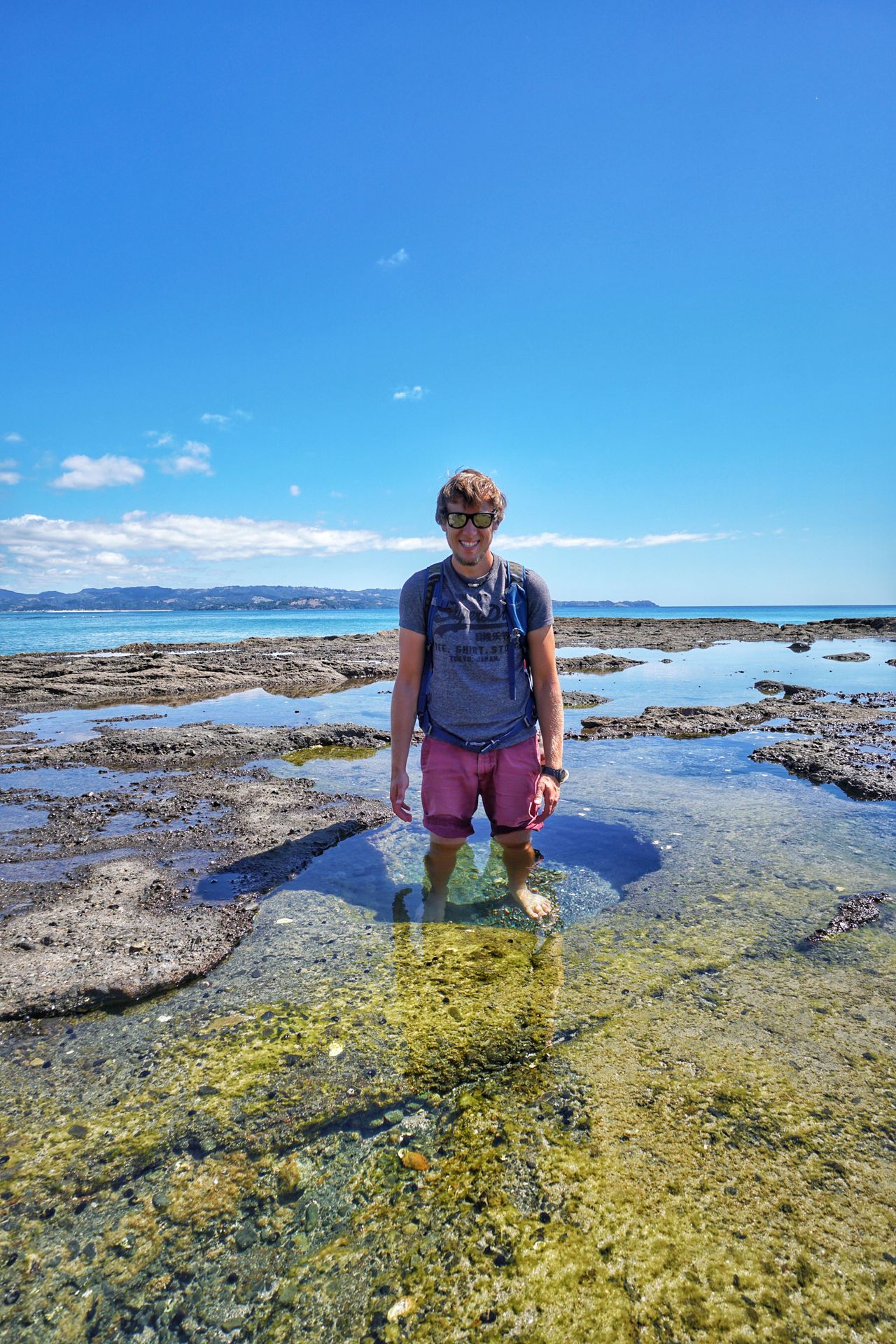

At another beautiful, but slightly larger beach, we took a walk in the Mangawhai Heads Reserve. First from a viewpoint high above the bay, and then from the sea, we looked at the islands in the distance and dreamed of having our own bed & breakfast in this place. And as if New Zealand wanted to convince us at any cost that it is the most beautiful country in the world, it surprised us in the evening with a supermoon and the next morning with a spectacular sunrise, which we watched rise over the sea from our campsite at Uretiti Beach.
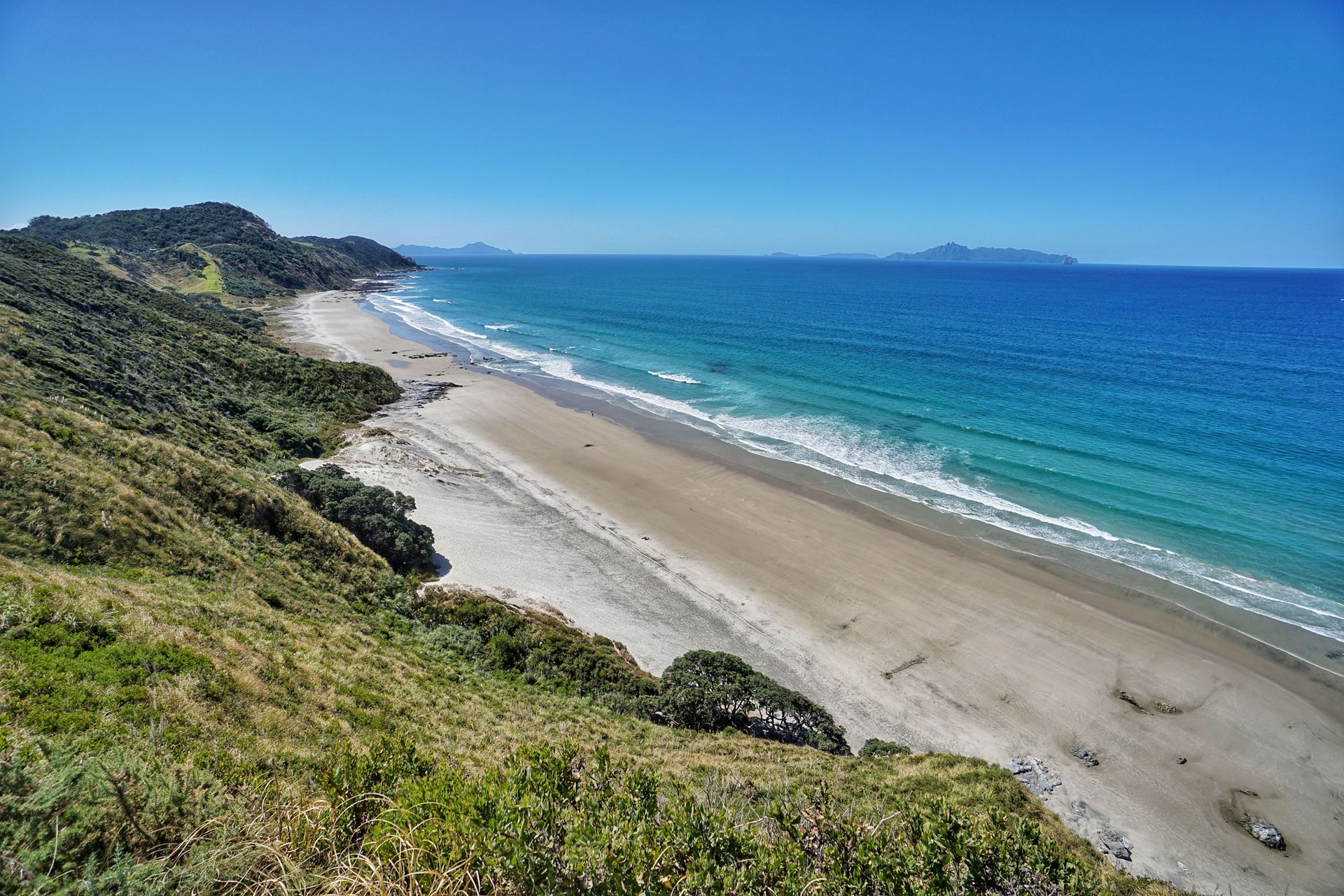
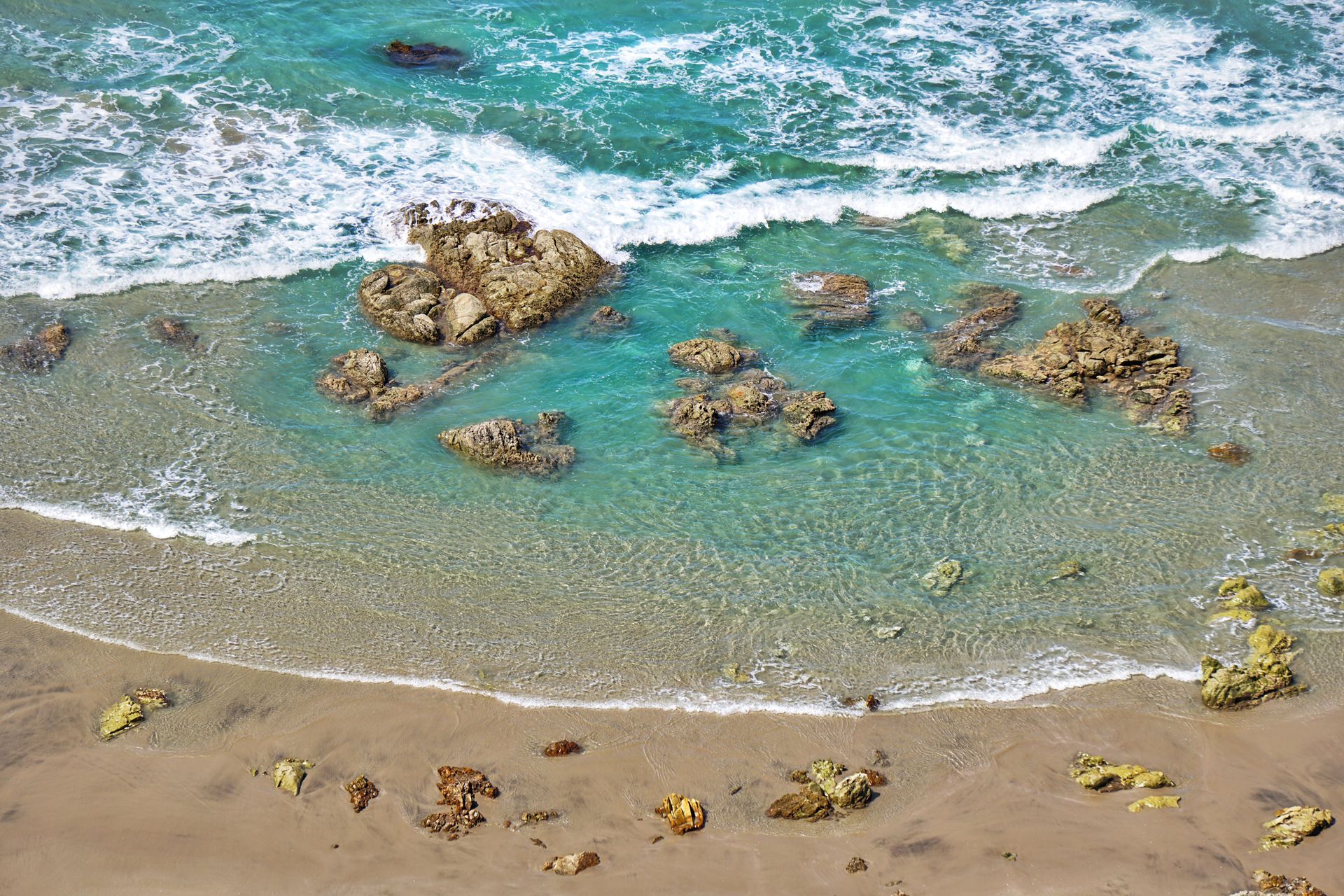

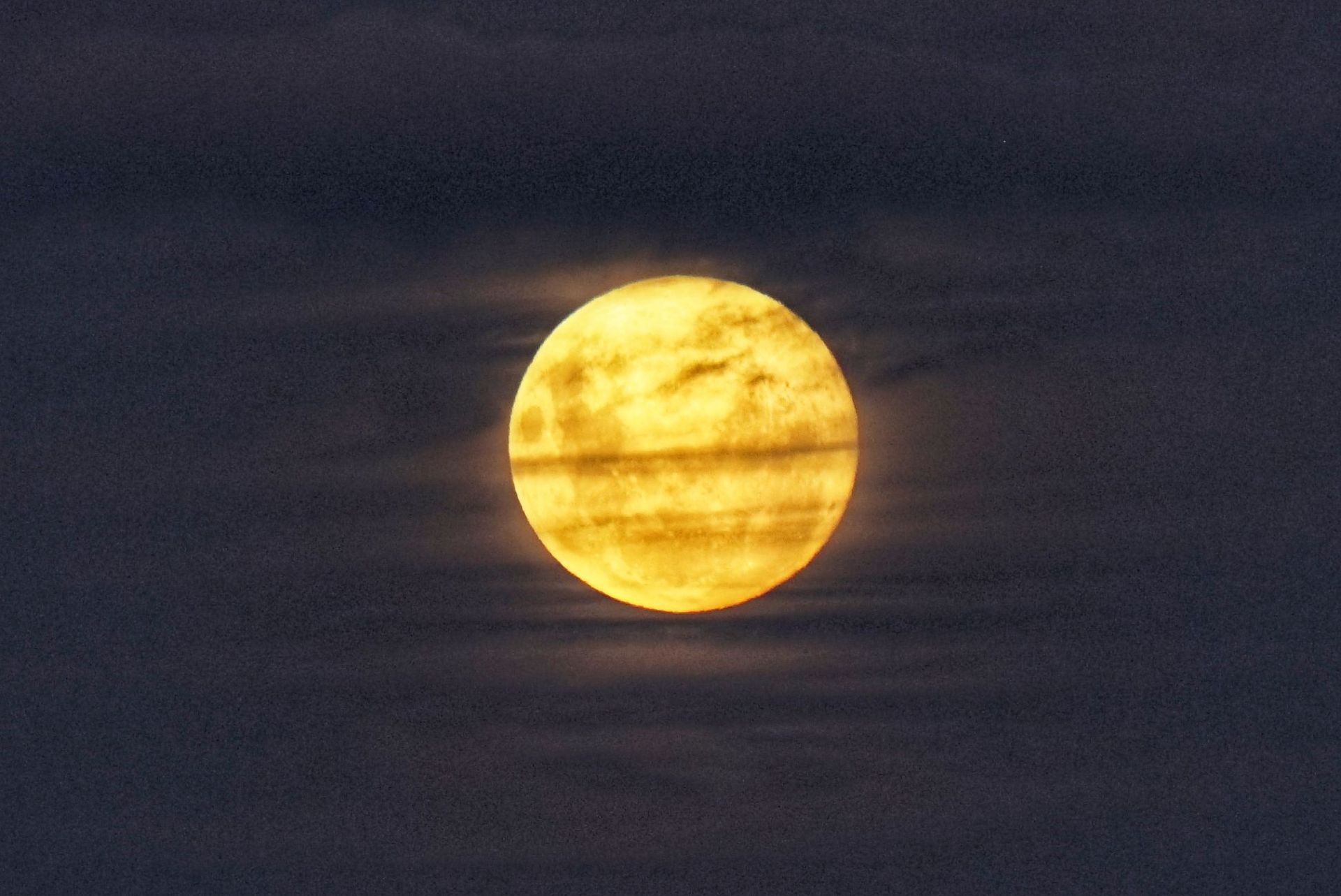
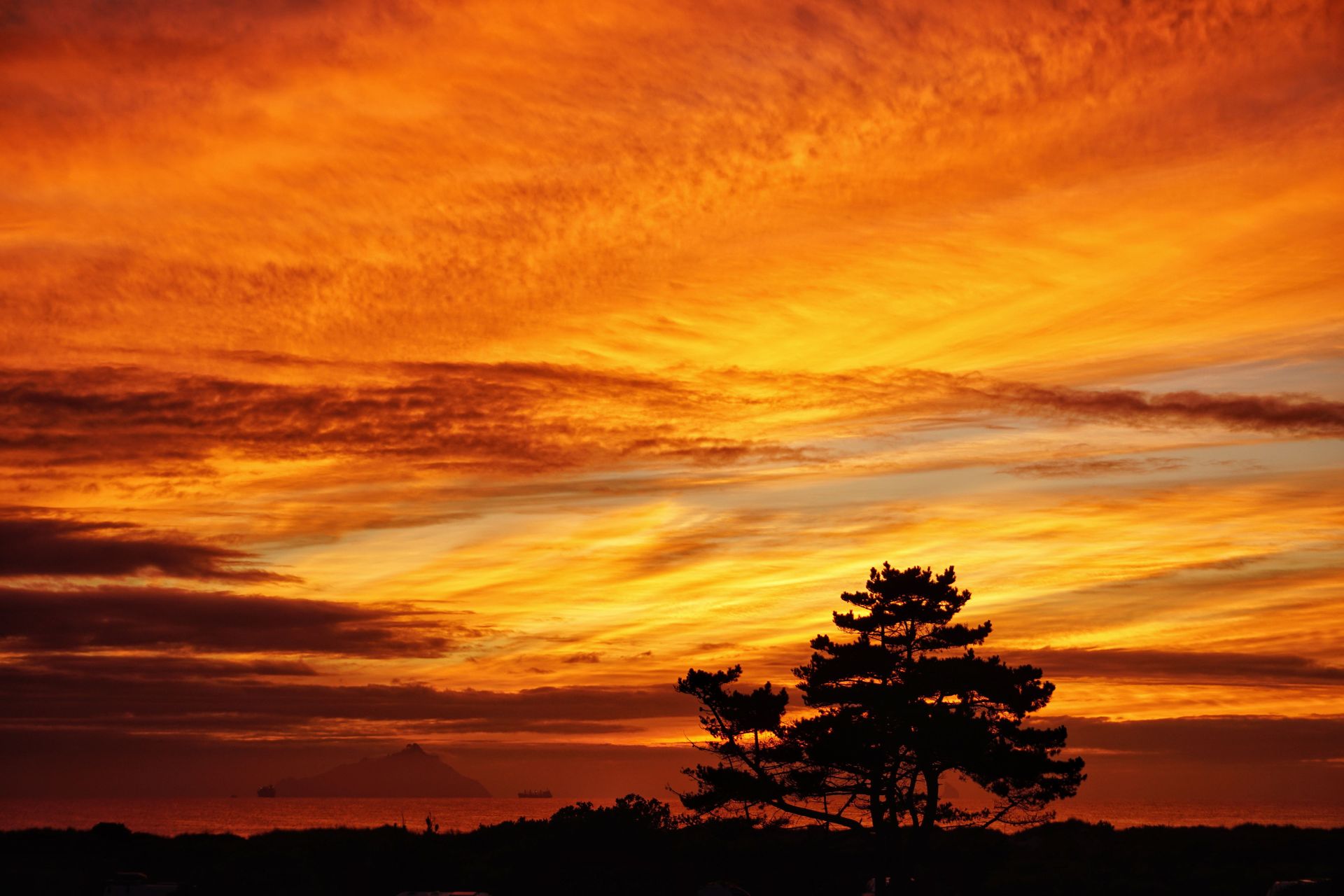
Our search for wild beaches surrounded by pohutukawa trees led us along the Tutukaka Coast on a hike from the hidden Whale Bay to the expansive Matapouri Bay. Especially in Whale Bay, you can linger in peace and watch the waves while standing in the shade of the pohutukawa trees that grow horizontally over the beach. Or you can just be a child again and climb the trees.
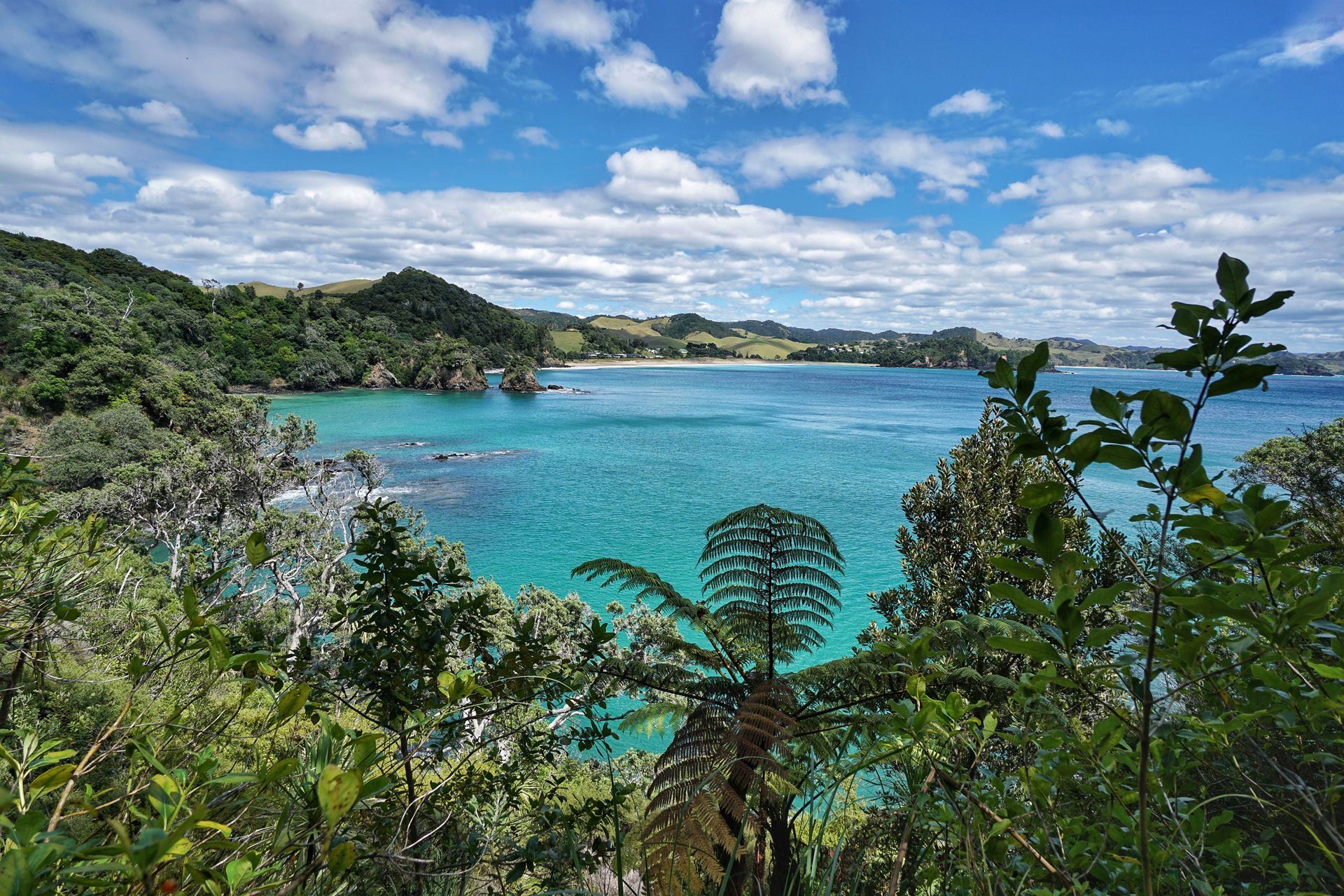

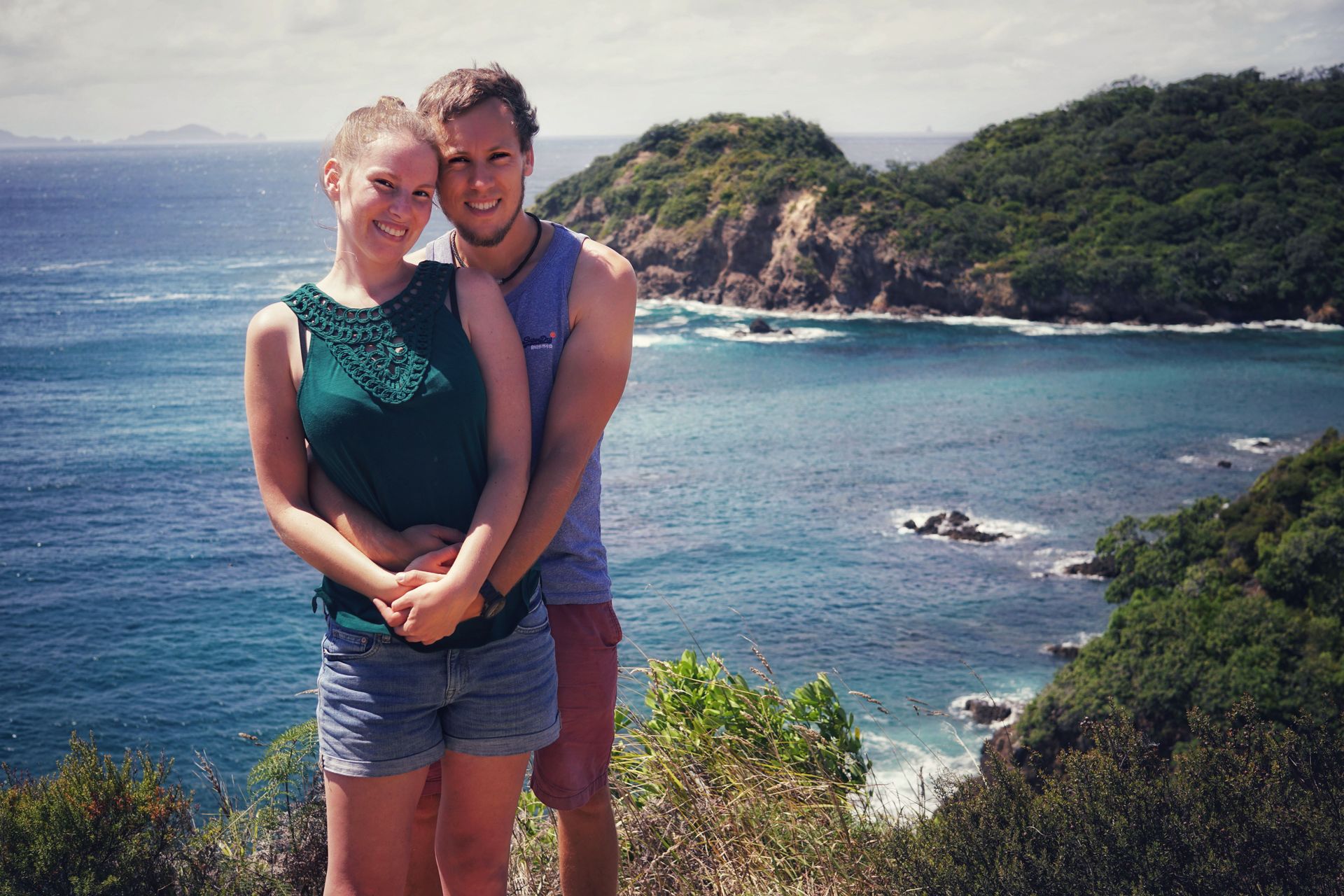
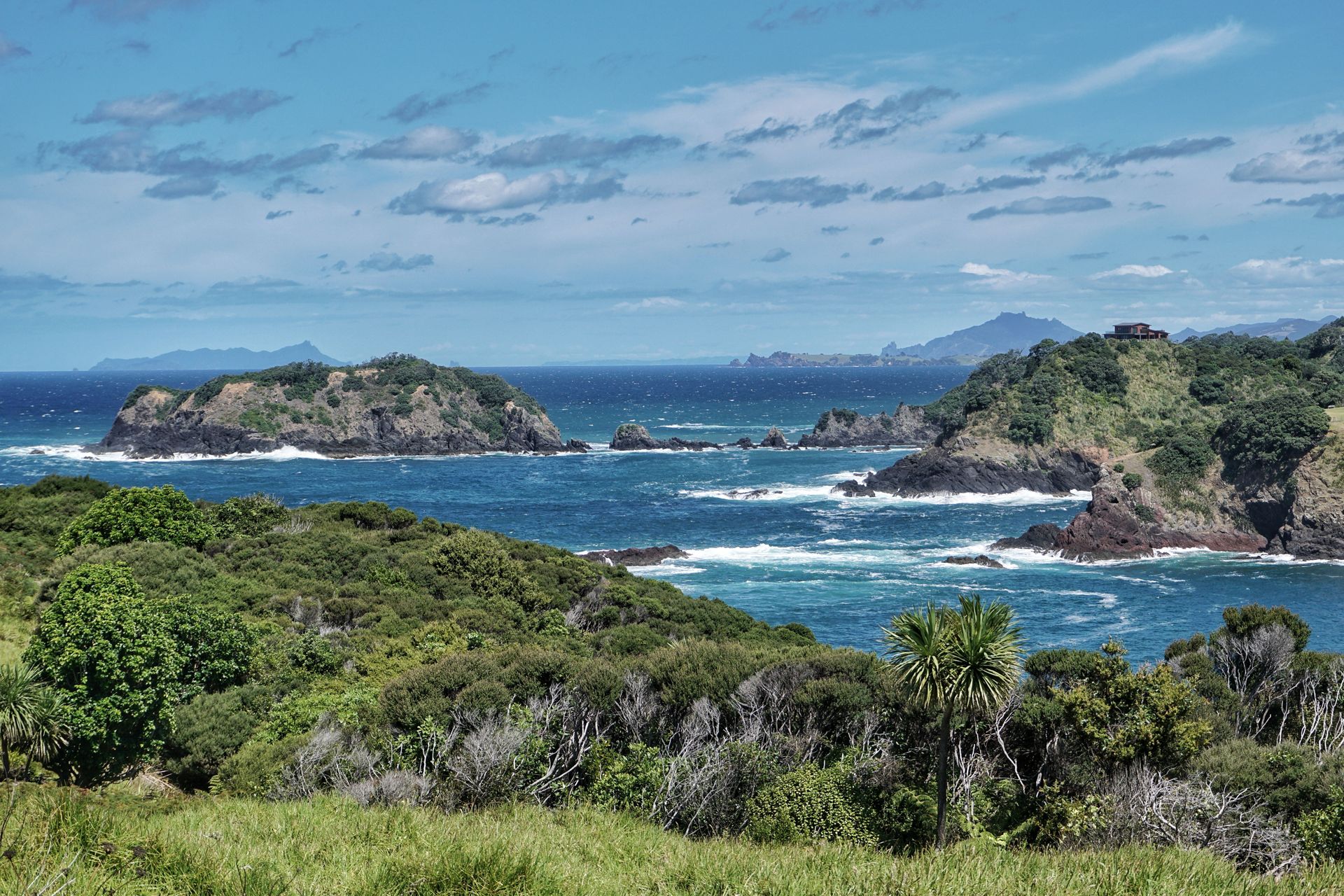
The ascent of Mount Manaia with a fantastic view of the surrounding bays and New Zealand's only oil refinery (by the way, a visit to it is an absolute highlight in the eyes of the Kiwis) completed our coastal tour. Up here we could enjoy the good weather and feel like the kings of the world, looking down on our paradise.
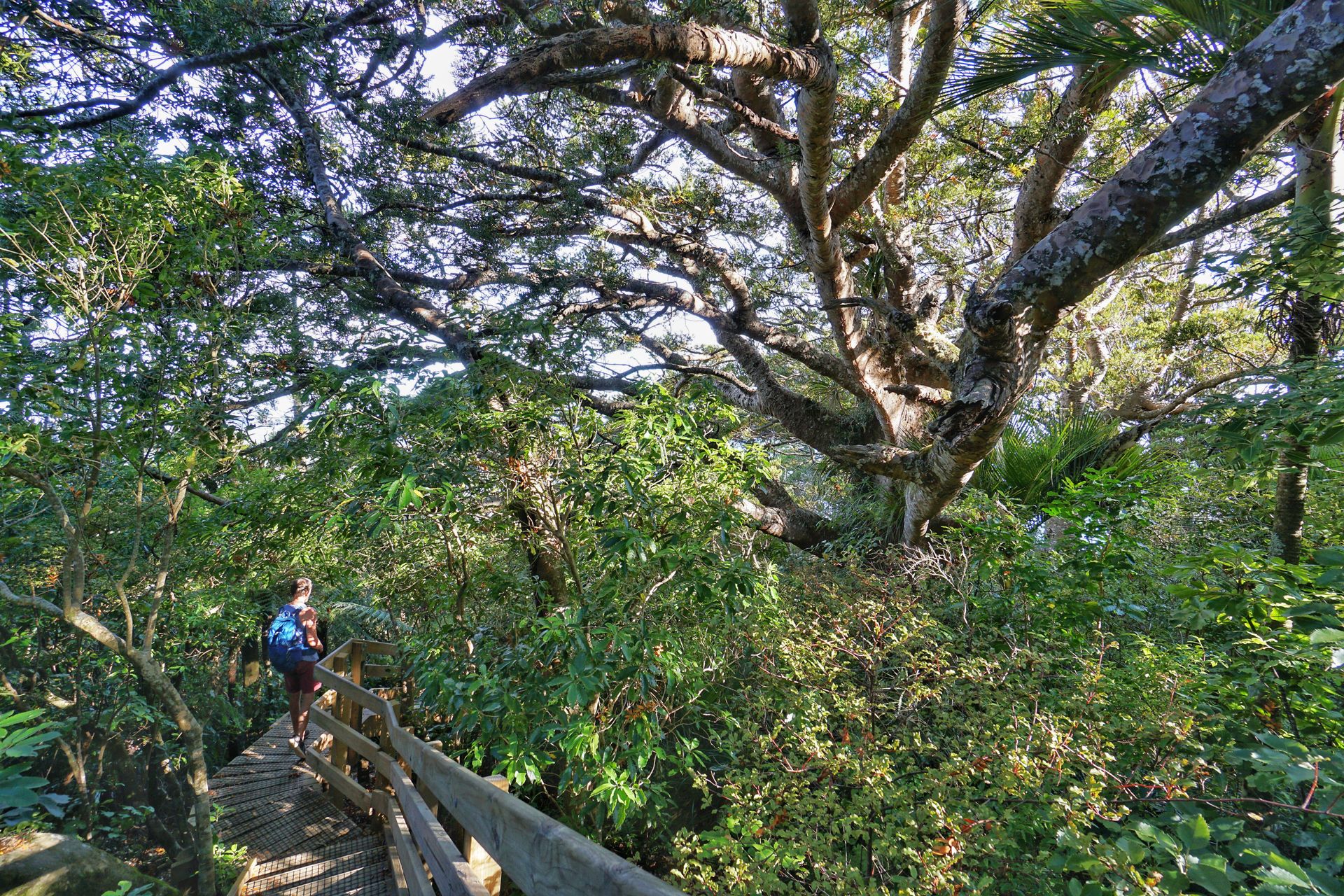
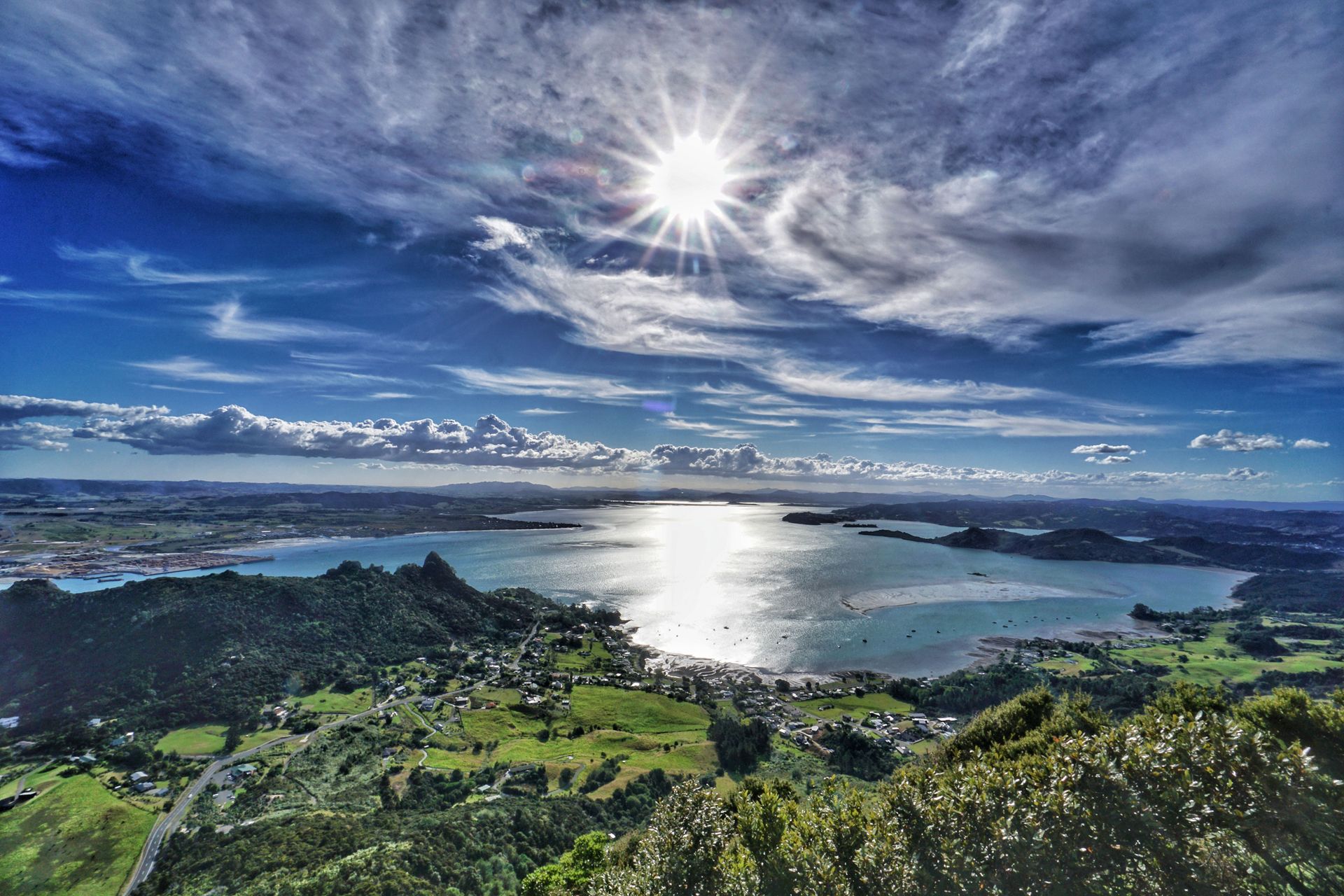
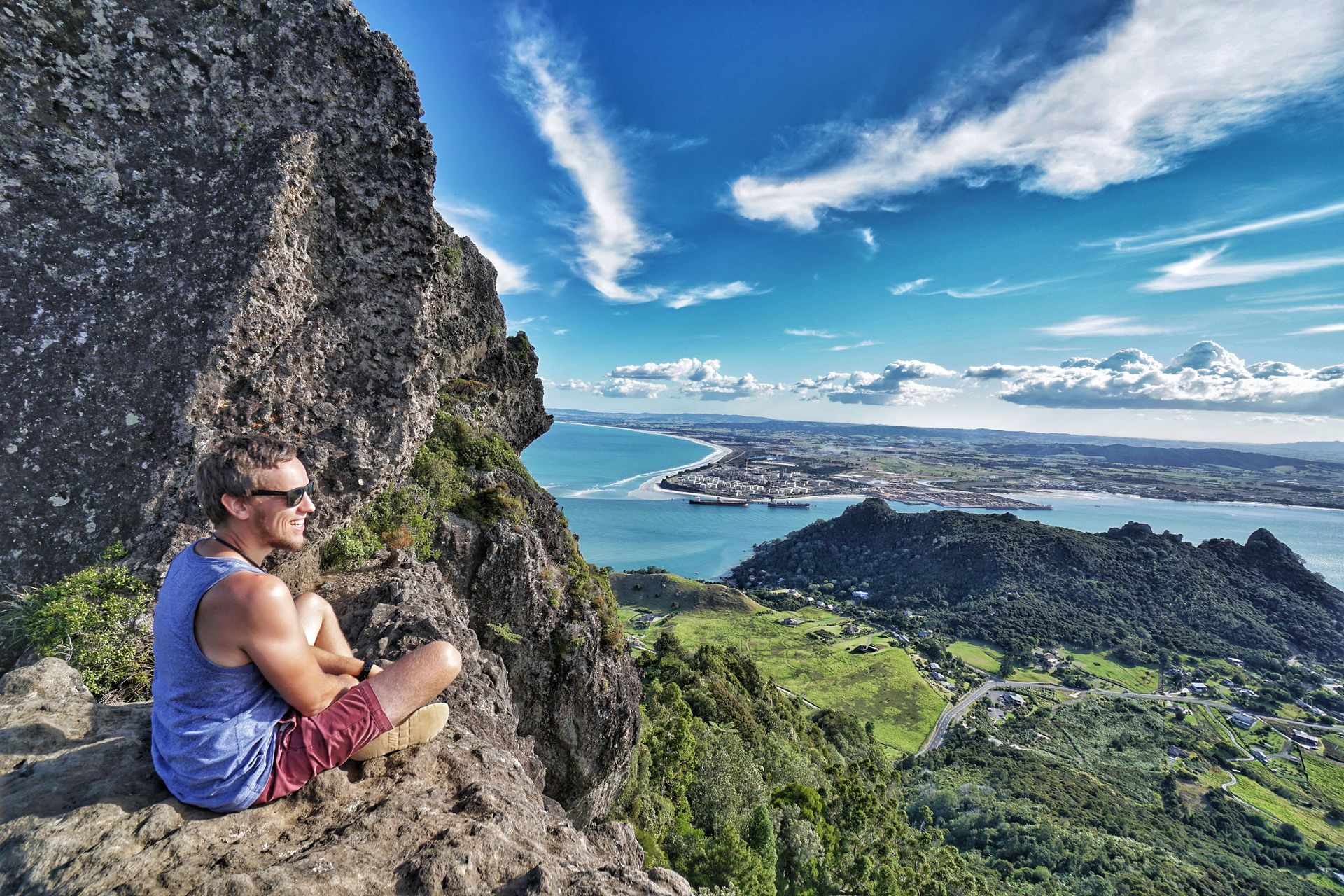
As the weather slowly turned worse and a heavy rain front was forecasted for the next few days, we decided to explore the forests and waterfalls of the area. We hiked through the dense and green A.H. Reed Memorial Park, which includes a boardwalk in the treetops to view the forest from a bird's-eye perspective (at least the birds that can fly, the poor kiwis probably also have to take the boardwalk). Like most forests in New Zealand, this forest consists of dense ferns, palms, and some majestic kauri trees, the giants of New Zealand. However, since some kauri trees are currently suffering from a deadly disease that spreads quickly through the transfer of soil and dust, we kept our distance and cleaned our shoes well before and after to protect these rare trees as much as possible. Of course, the Whangarei Falls were also waiting for us on the hike, although the water flow of this waterfall was limited because it is the end of summer and all rivers are suffering from a shortage of water. Therefore, the Rainbow Falls and Haruru Falls in Kerikeri were also a bit smaller than they could be, but as long as they still have water, waterfalls are always worth a visit.

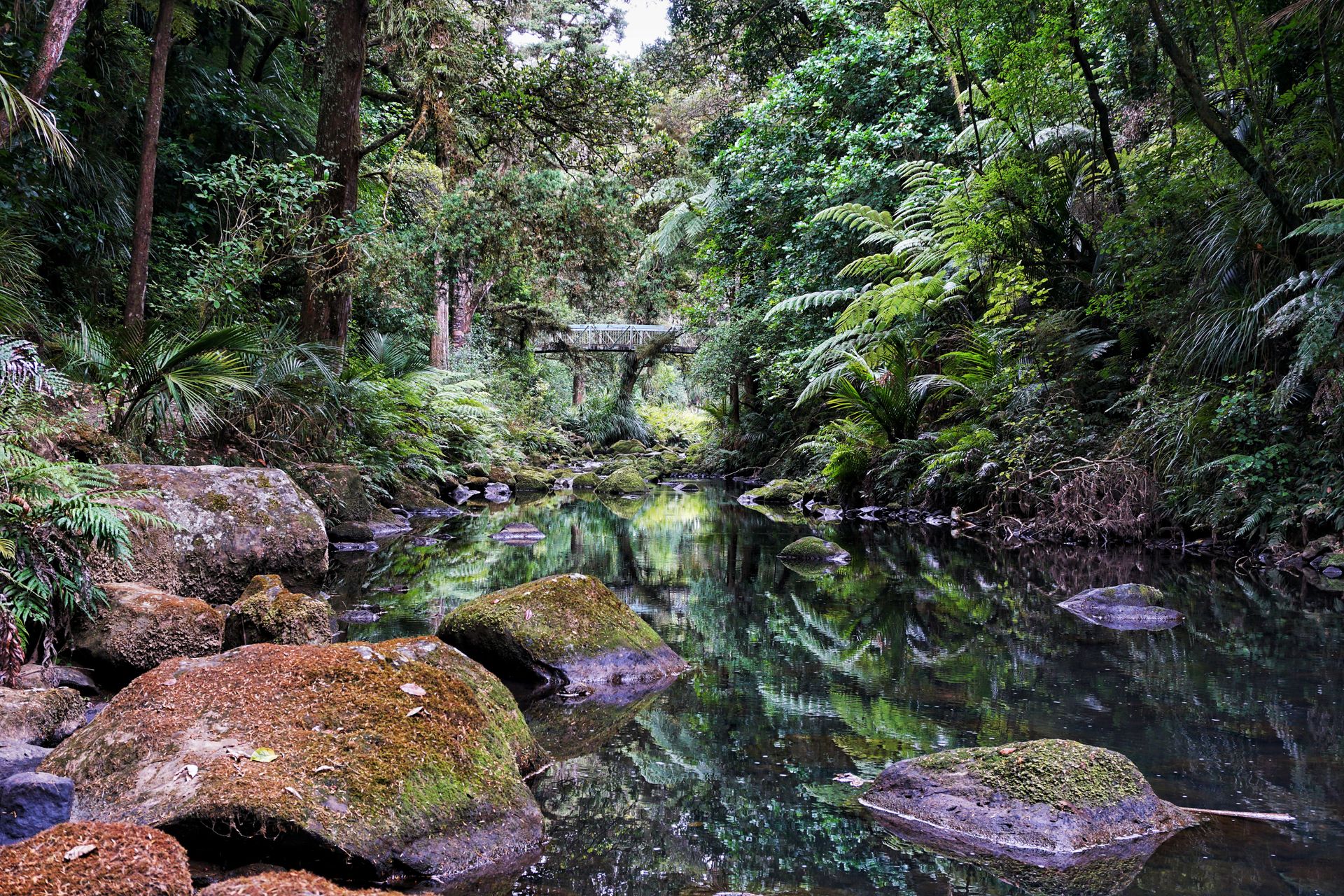


To see the true giants among the kauri trees, we drove to the kauri region of New Zealand, the west coast of Northland. On the way, we were pleasantly surprised by a insider tip: the Koutu Boulders. Also giants of their own kind, these huge round stones lie on a deserted beach and are waiting to be climbed by adventurous tourists. Although we spent so much time there that we had to wade back to the car through the rising tide, the fun was worth it.
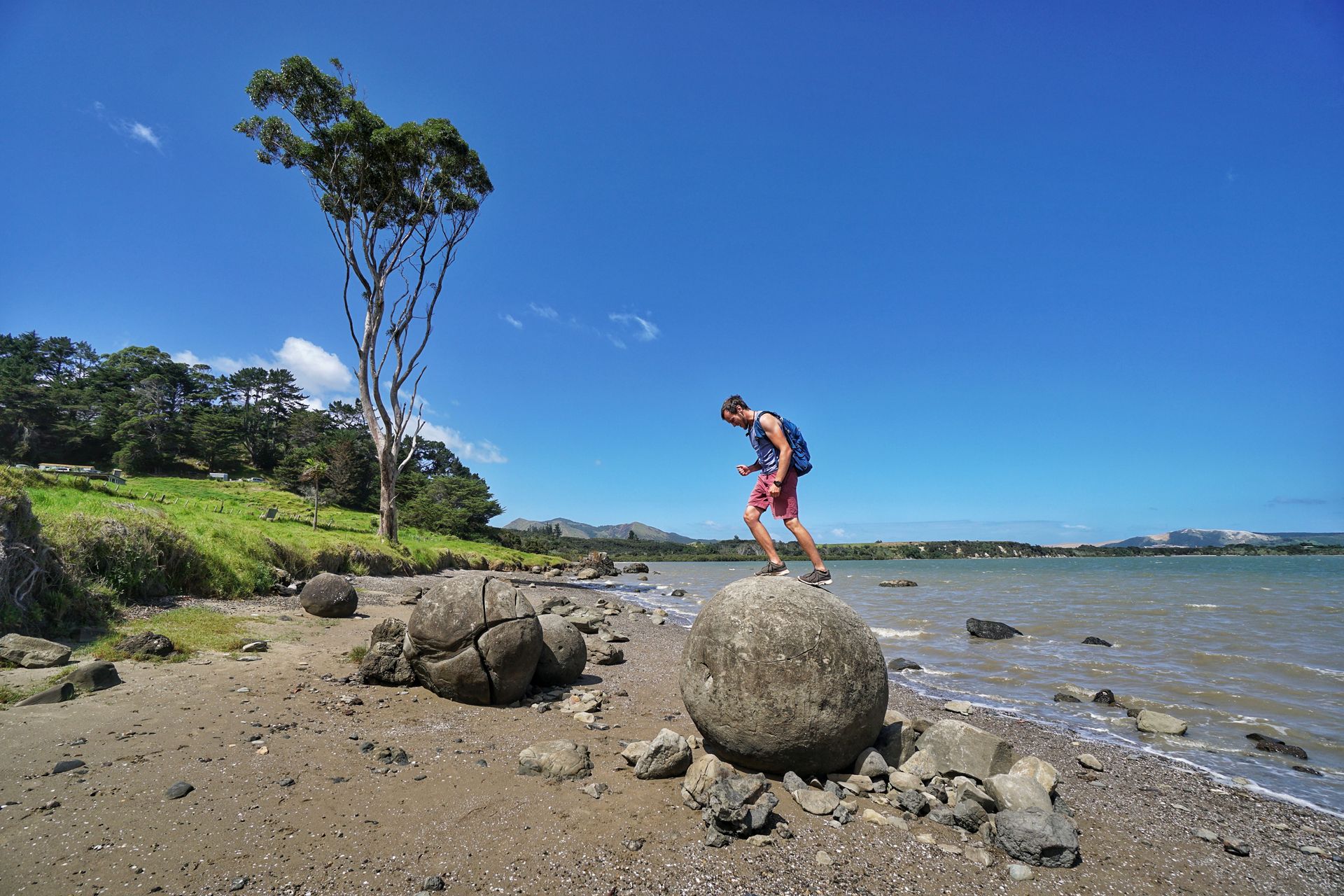
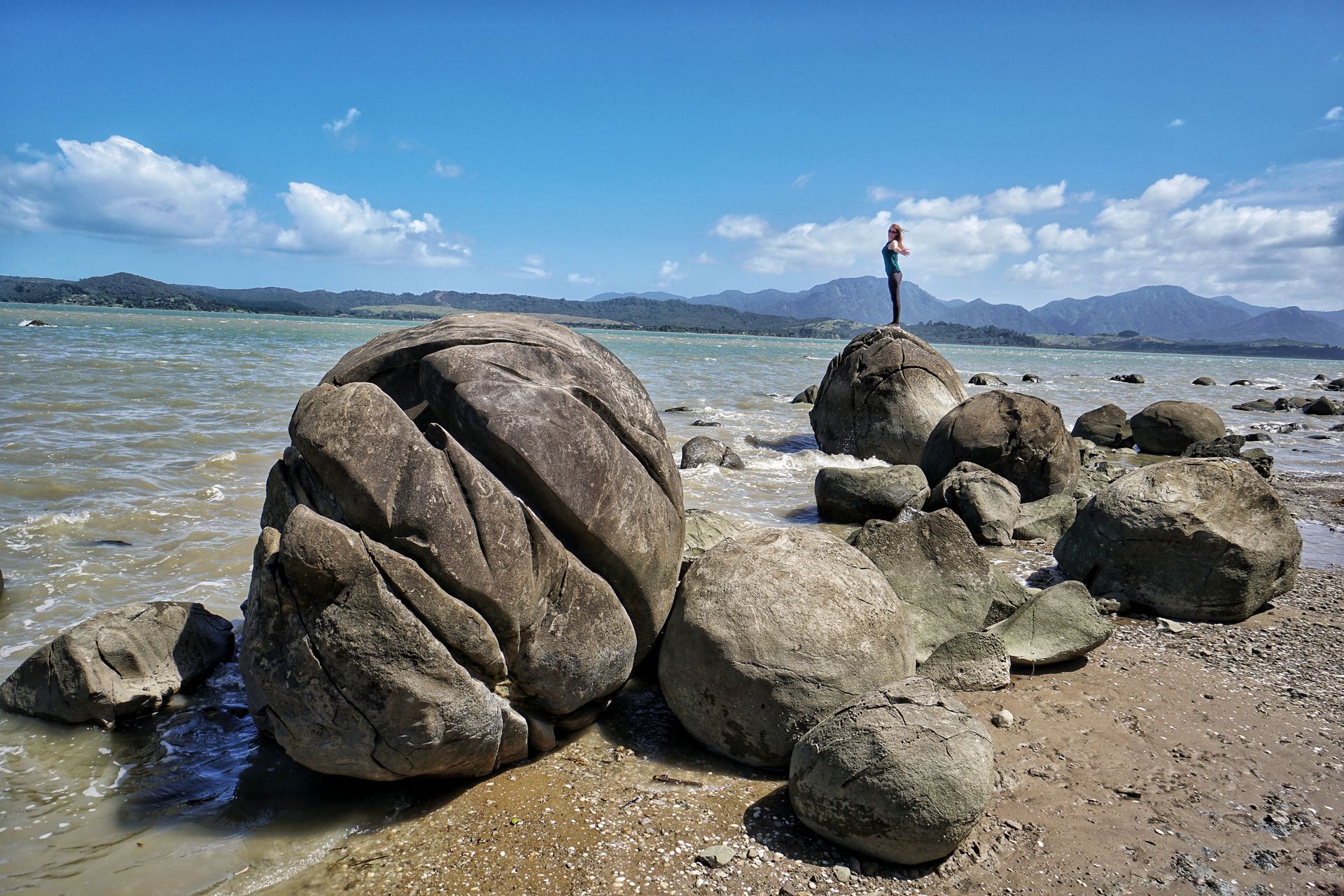
Arriving in the kauri region, we were able to admire the largest kauri, the "Tane Mahuta", and New Zealand's widest kauri, the "Te Matua Ngahere". Just for a better idea: Tane Mahuta, as the tallest tree of its kind, measures a height of 51.5m and a circumference of 13.8m. In addition, a short hike led us to the "Four Sisters", four kauri trees that grow directly next to each other and seem to have formed a family. According to estimates, these giant trees have been living for over 2000 years and are considered a sanctuary, particularly by the Maori. So, Tane Mahuta, roughly translated as "Lord of the Forest", is named after Tane, the son of Heaven (father) and Earth (mother). According to legend, Tane separated his parents to bring light and air for the first time between Earth and Heaven and thus enable life on Earth. Therefore, all living creatures on Earth are Tane's children. If you imagine this legend figuratively on such a huge and majestic tree, you can easily imagine how it pushes the sky away from the earth to provide life to its wards on the ground.


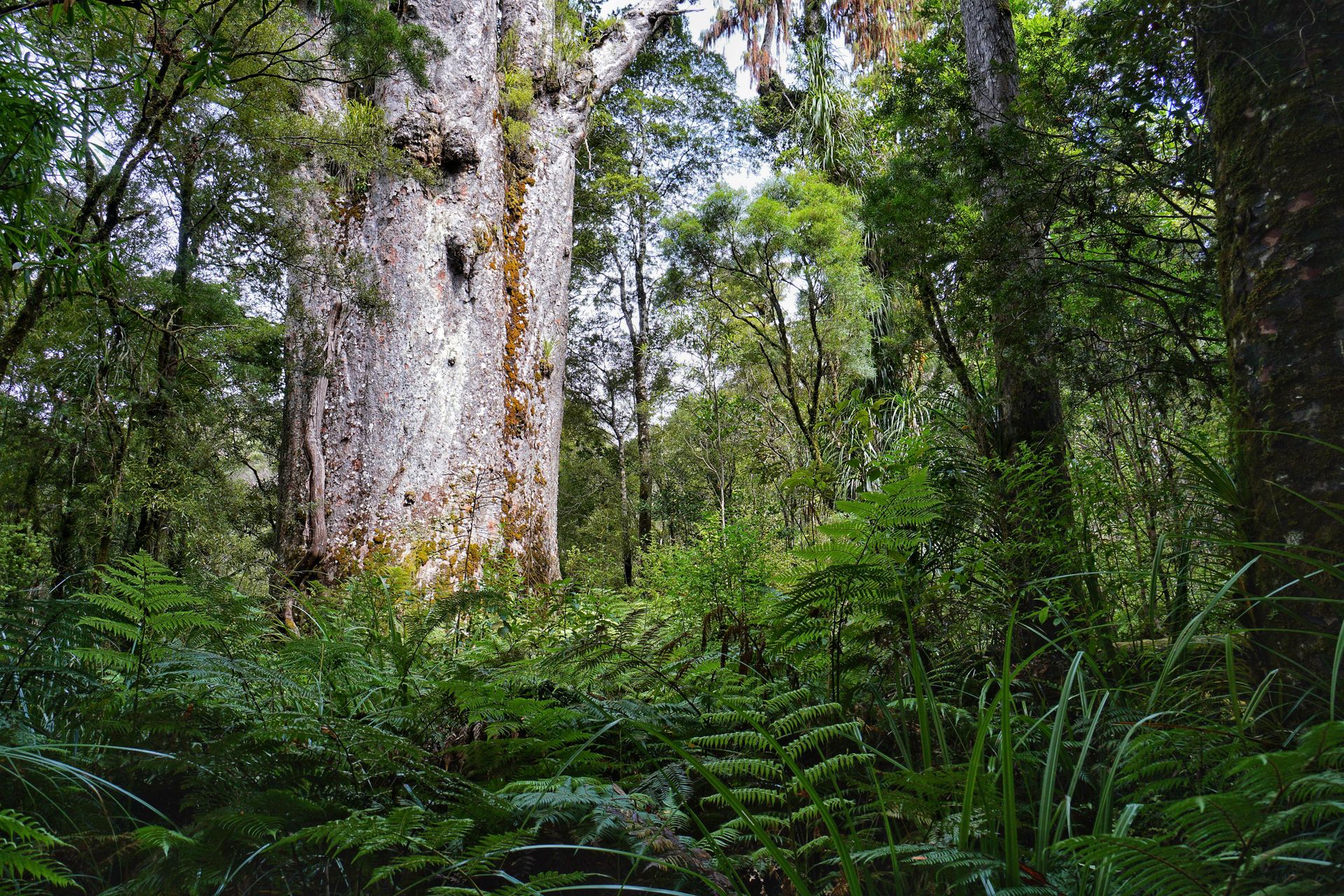
To have some fun away from the tourist crowds, we decided to go on some cave adventures on our own. First, we went to the Abbey Caves, 3 caves that are very difficult to access and are hidden in the middle of the forest. However, since they are recommended as an attraction by the locals, we thought we could easily compete with them and explore them underground. We were mistaken, because what Kiwis find as huge fun turned out to be too dangerous for us when we arrived at the slippery, rocky, and dark cave entrances. Some parts went down 2m vertically and we had no idea how we could get back up without equipment. So we climbed as far as we could into the depths of the caves, which was usually only a few meters, and then decided to turn back as a precaution.

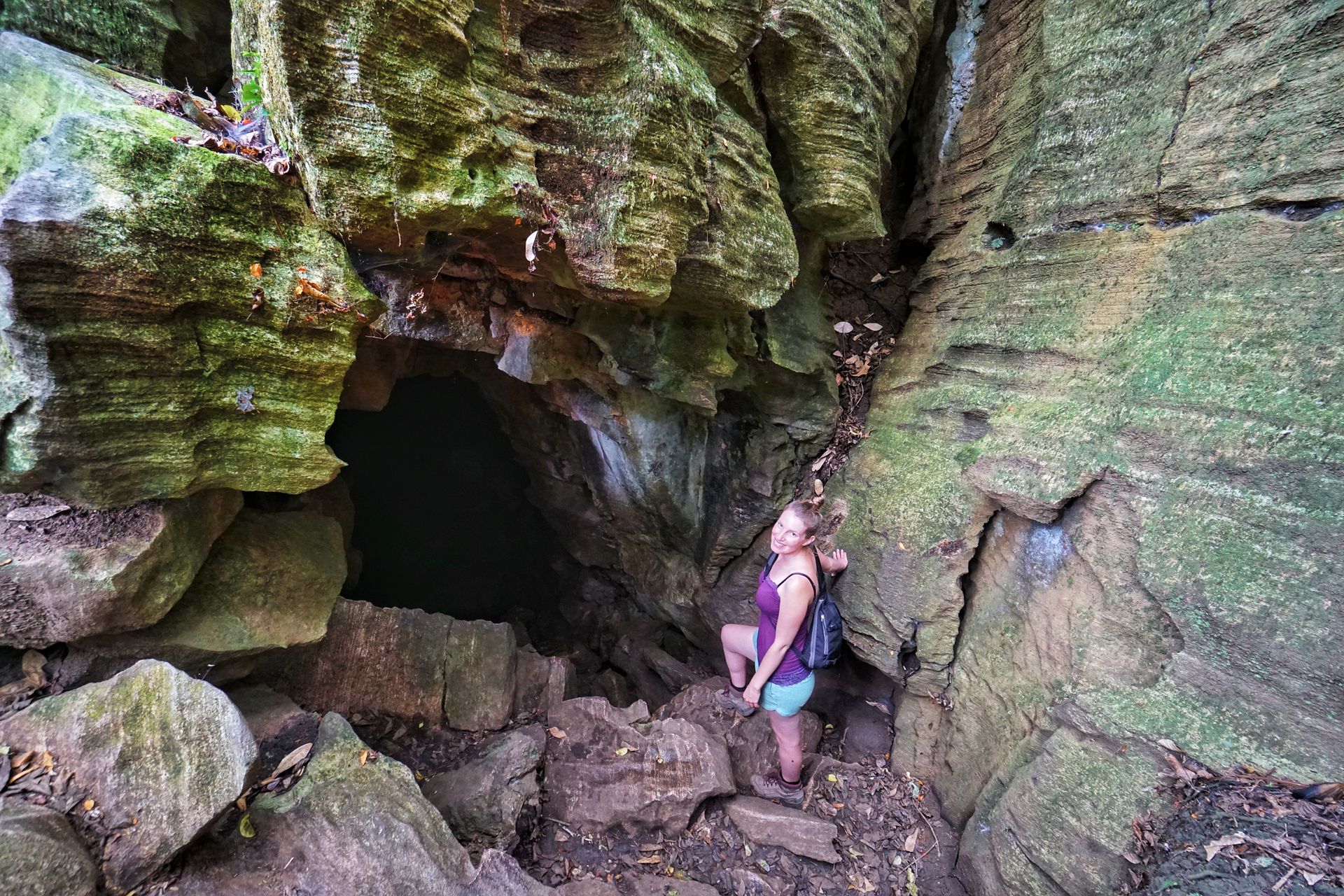
In contrast, the Waipu Caves were an absolute piece of cake. These caves are somewhat more well-known and easily accessible to tourists as they are traversed by a river that you can wade through to enter the cave. The interior consists of several tunnels with many stalagmites and stalactites and water of varying depths, from ankle-deep to not-being-able-to-stand-anymore. However, the absolute highlight in their pitch-black vaults are glowworms. Not to be confused with German fireflies, which are flying beetles, these magical creatures are small worms that settle in caves and emit a blue light to attract their prey. To catch small flies, for example, glowworms form thin, sticky threads that hang from the ceiling and in which the flies get caught while searching for light. Standing in a dark cave full of bizarre rock formations in clear water and seeing a shimmering starry sky produced by worms overhead is magical and feels otherworldly. It was very difficult to leave this place and even more difficult to leave knowing that we don't have a good photo of it because we would need much better equipment to capture these impressions properly.

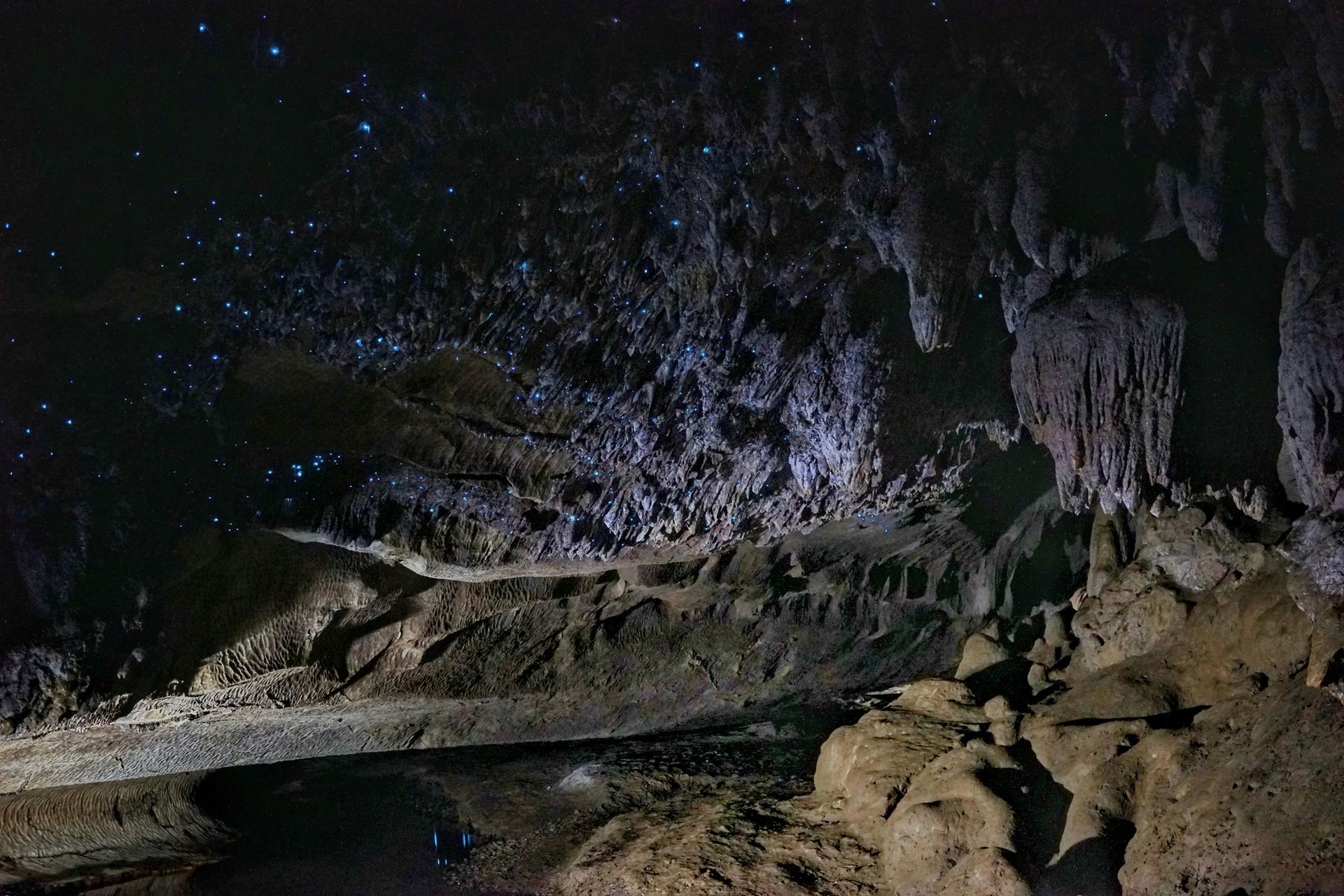
After enjoying paradisiacal beaches, kauri forests, and caves in Northland, what is left? Right, Cape Reinga, the place where the Pacific Ocean and the Tasman Sea meet and put on a spectacular show. However, on the long way there, you first pass the Giant Sand Dunes, where every tourist usually goes sandboarding at least once. However, as the dunes are, as the name suggests, very high and very steep, they are perfect for sliding down with a kind of surfboard. Unfortunately, the northernmost part of New Zealand apparently wanted us to experience it as authentically as possible and gave us a whole day of pouring rain. So sandboarding was out of the question for us, as the sand was too wet to slide properly. However, walking across the dunes, sinking into the sand, and looking at the sand paintings created by the rain was just as much fun.
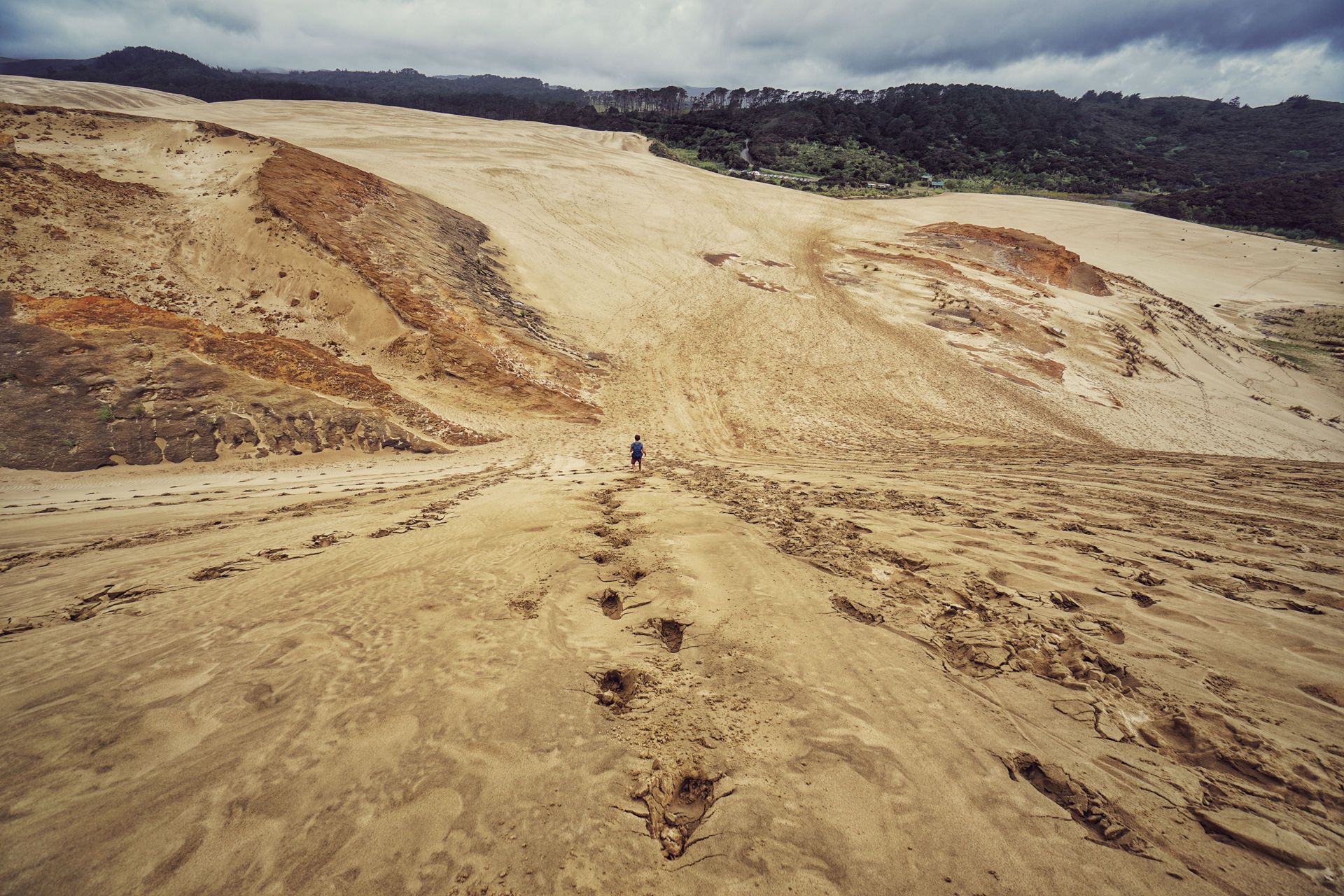

Finally, we made our way to Cape Reinga: Even there, the rain didn't leave us alone, but we are not made of sugar and still made our way down to the lighthouse. The northernmost tip of New Zealand is characterized by a traditional lighthouse and steep cliffs, offering a fantastic view of the confluence of two seas. The meeting of the Pacific Ocean and the Tasman Sea creates high waves and a lot of spray, and you can see the turquoise and dark blue water merging. No wonder that this place is also of great importance to the Maori, as they have the beautiful belief that the souls of the departed travel here and slide down the roots of a single pohutukawa tree on the cliffs to find their peace.

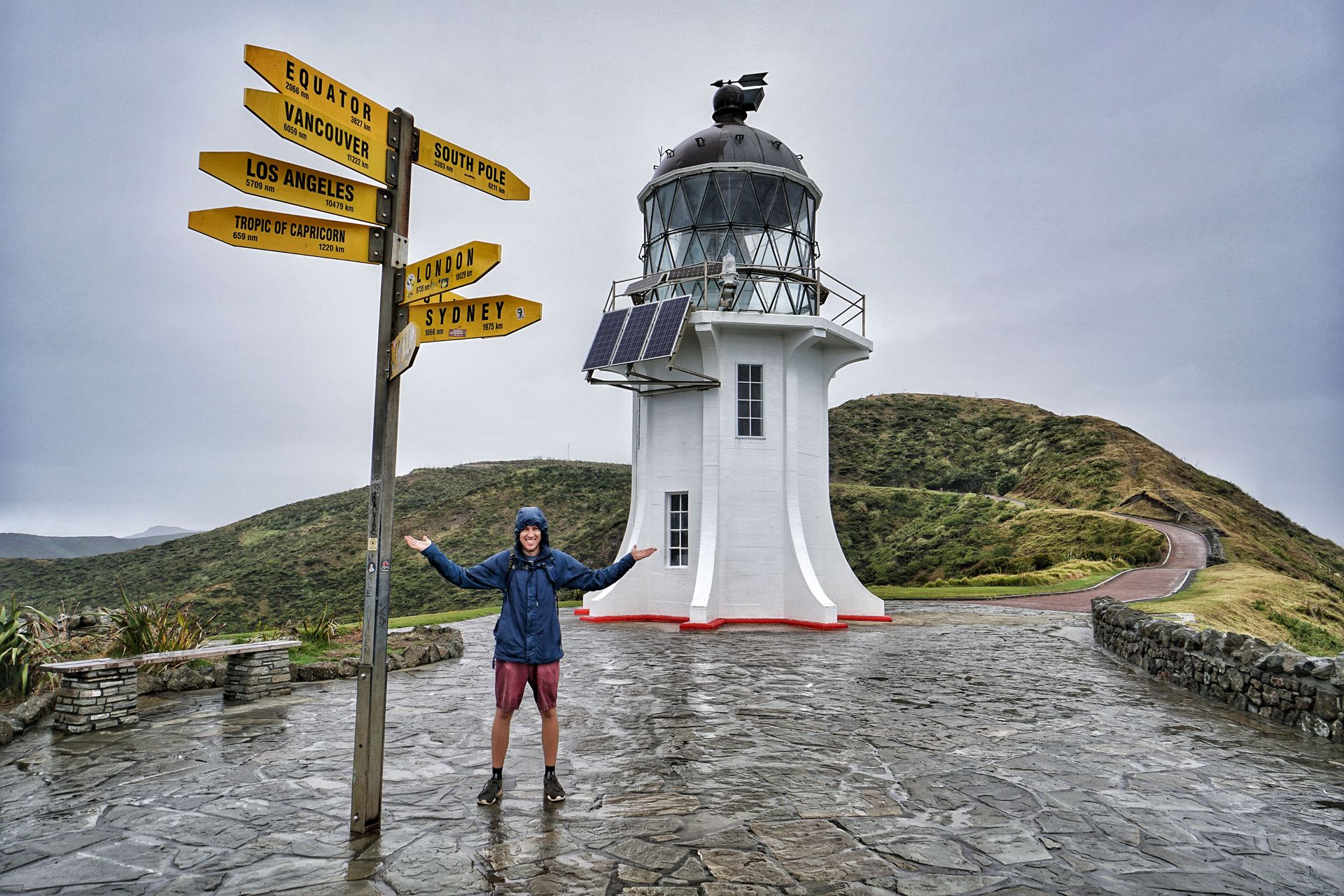
In Northland, we found peace but also lots of adventure and look forward to the rest of this diverse country at the other end of the world.
Song of New Zealand: Someday - Passenger
Bhalisela kwincwadana
Phendula

Iingxelo zohambo I-New Zealand
